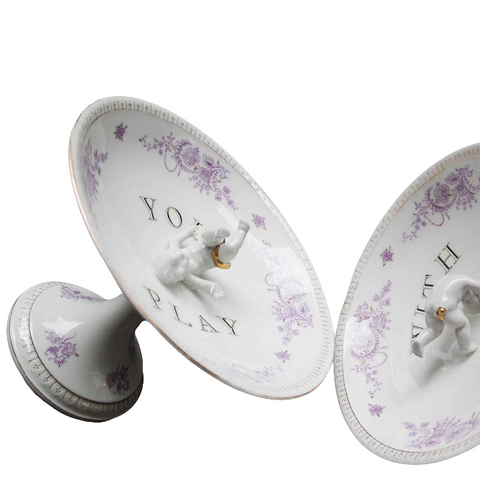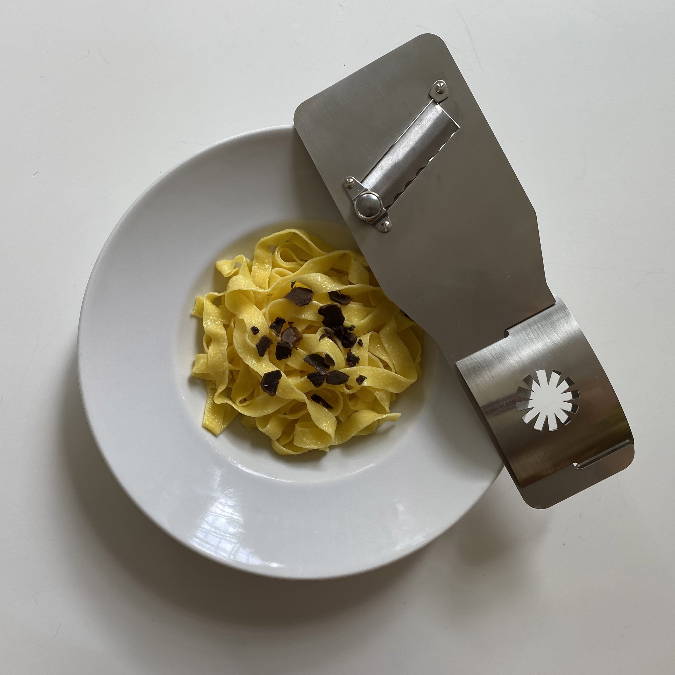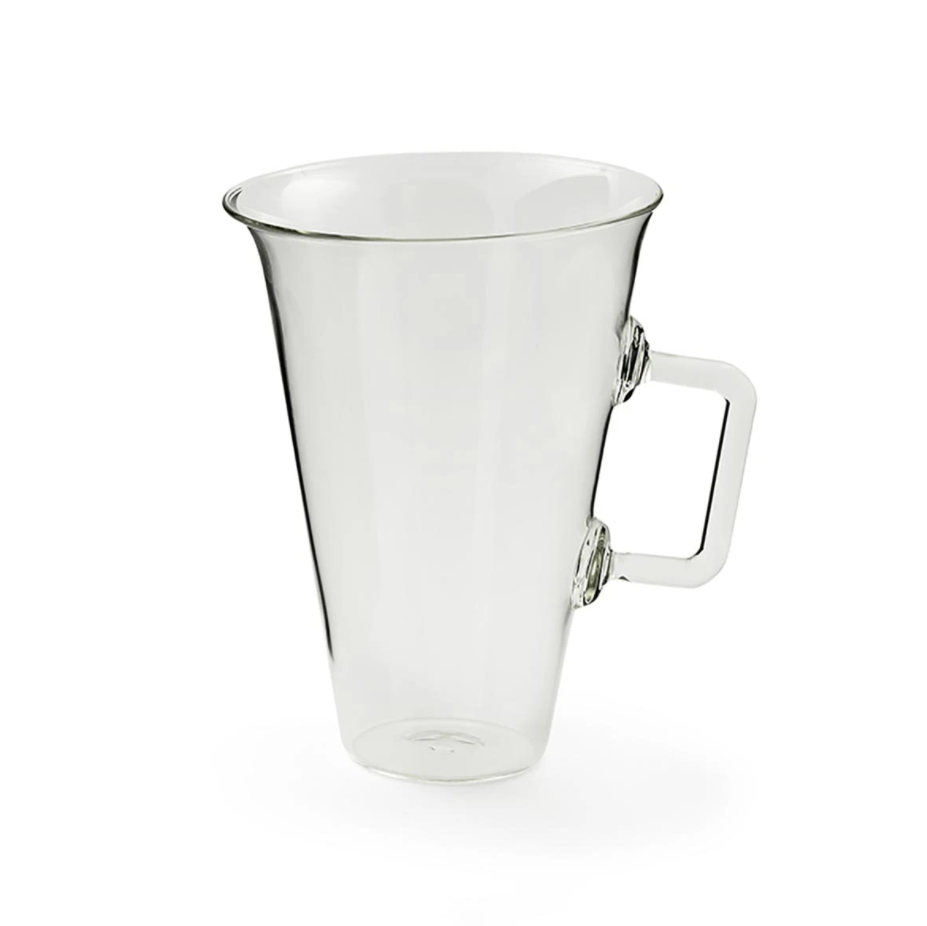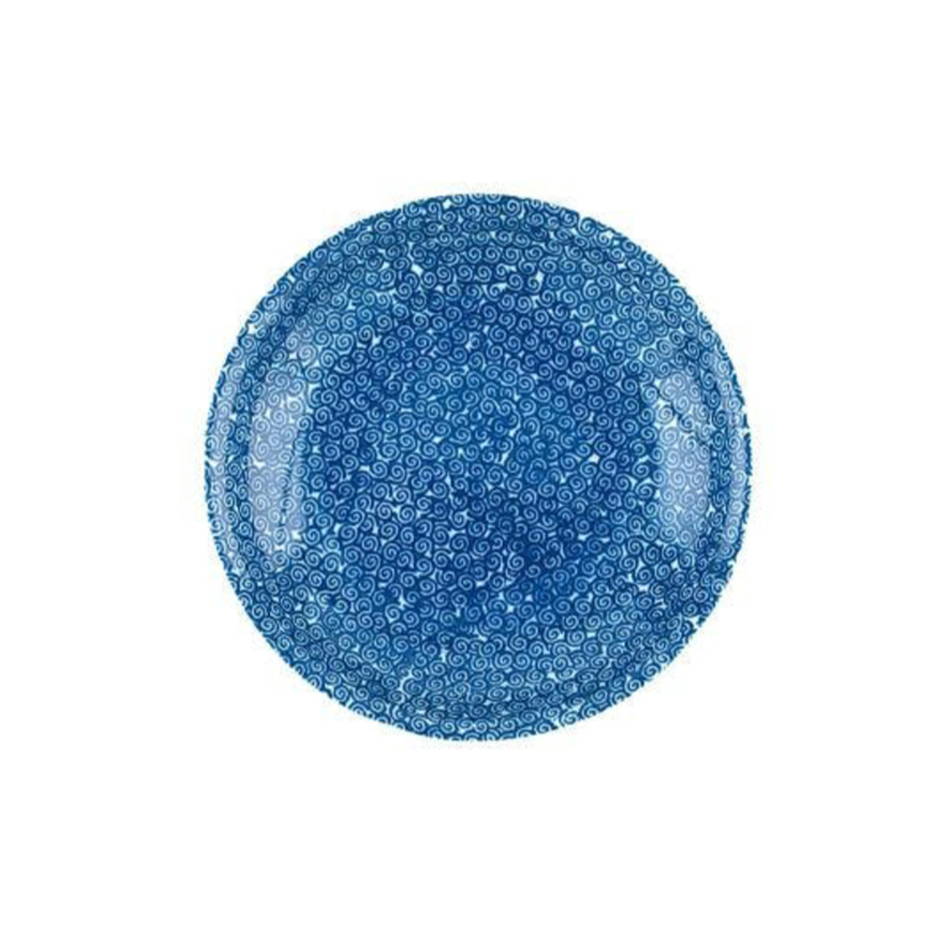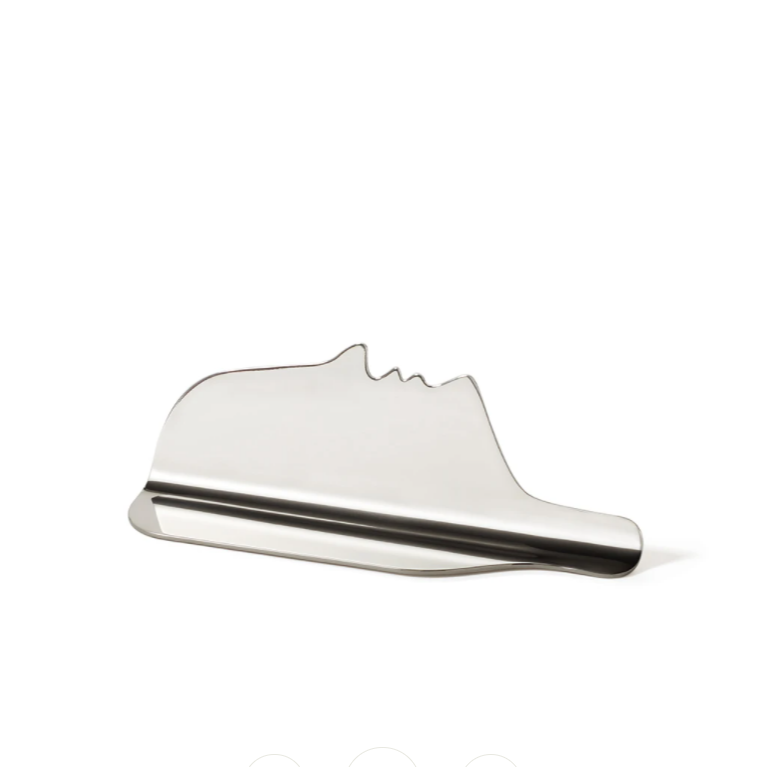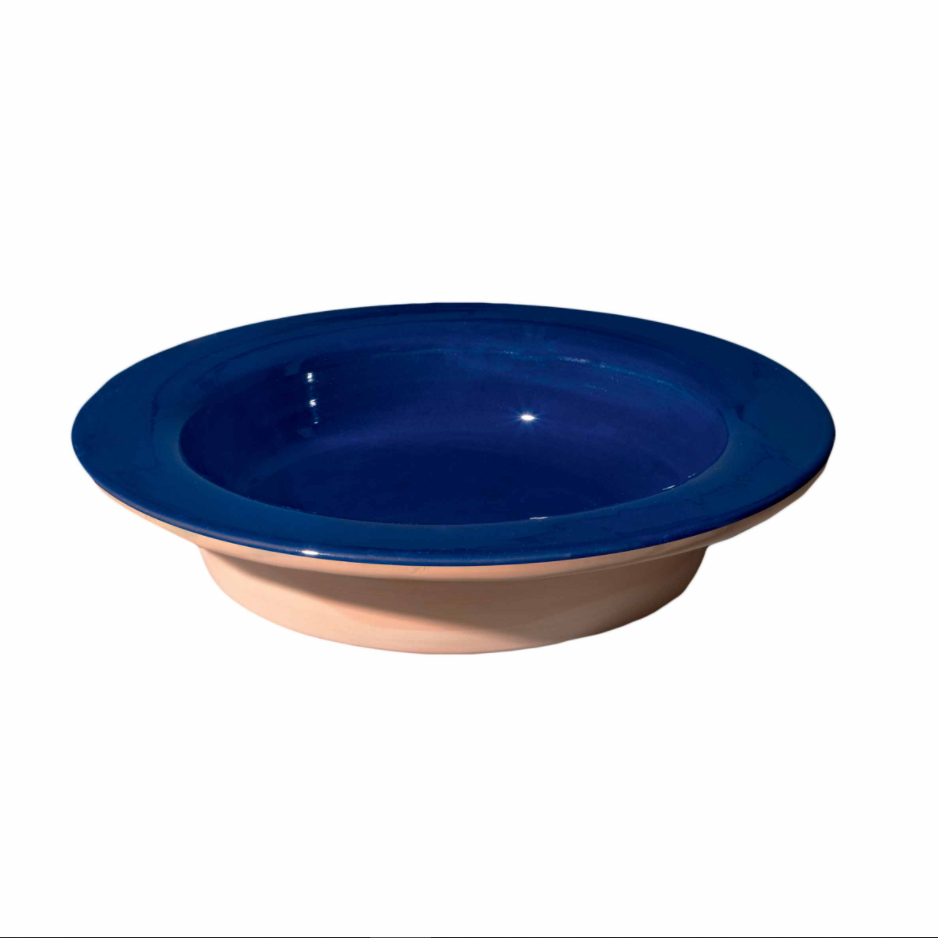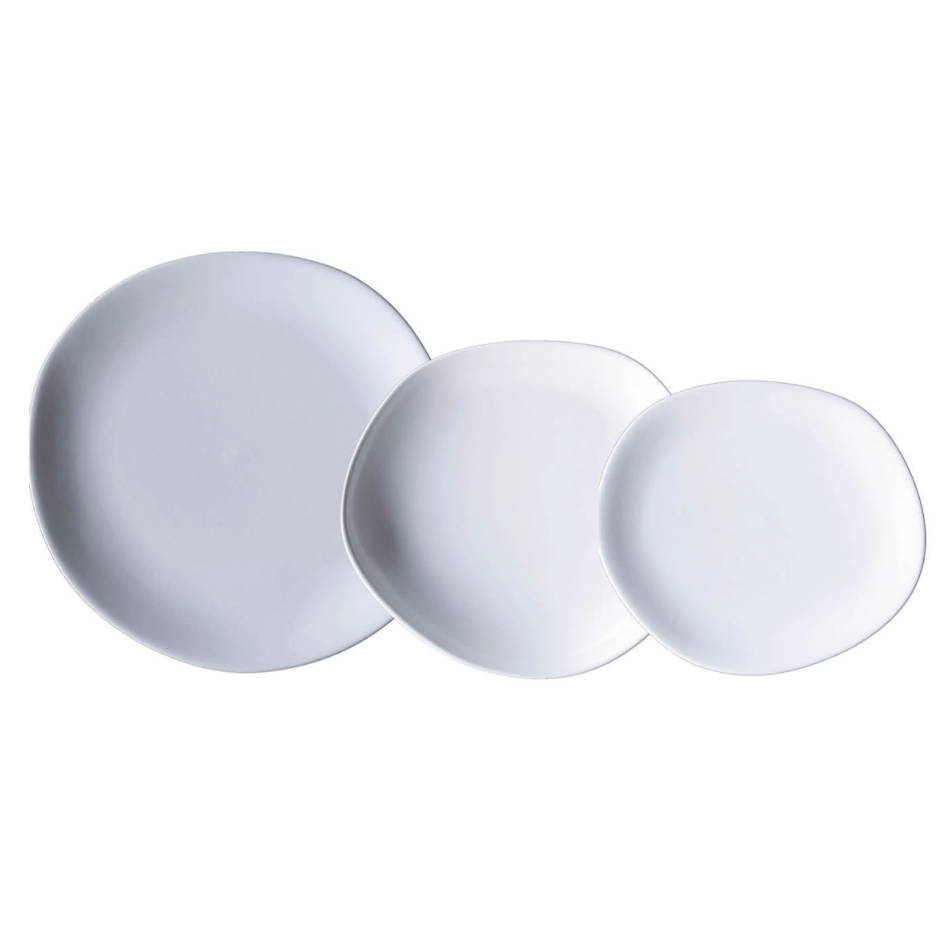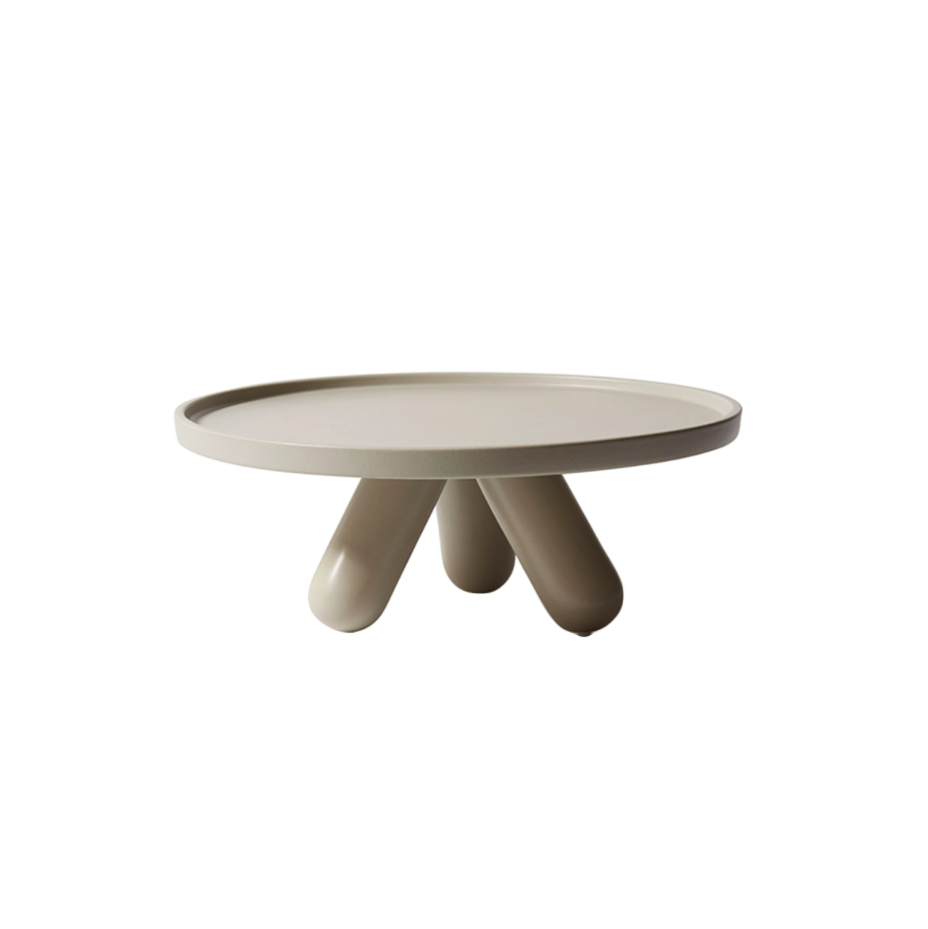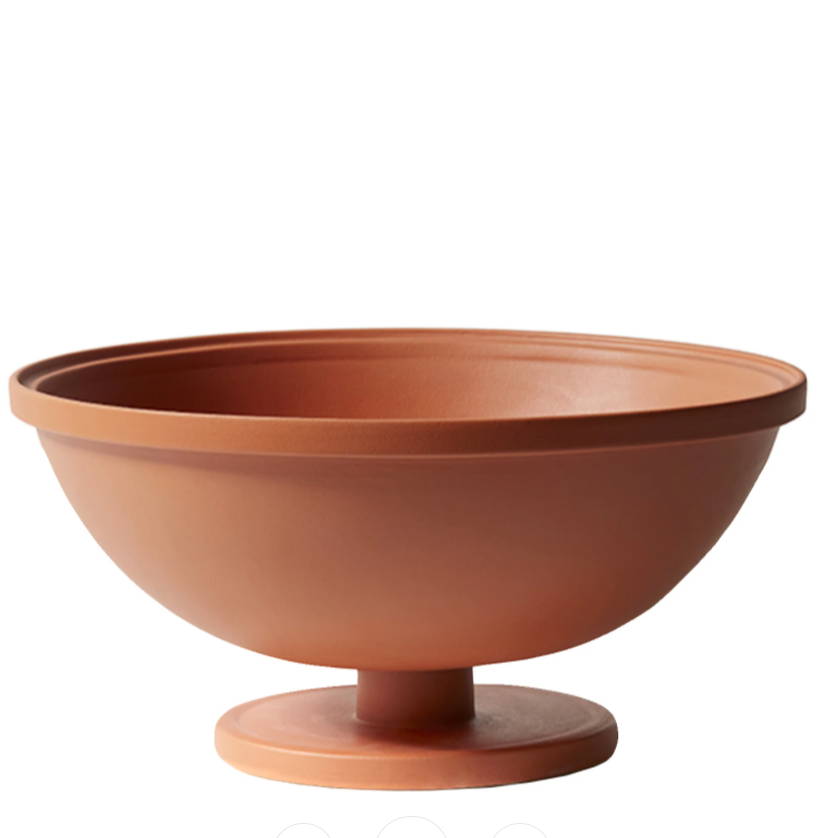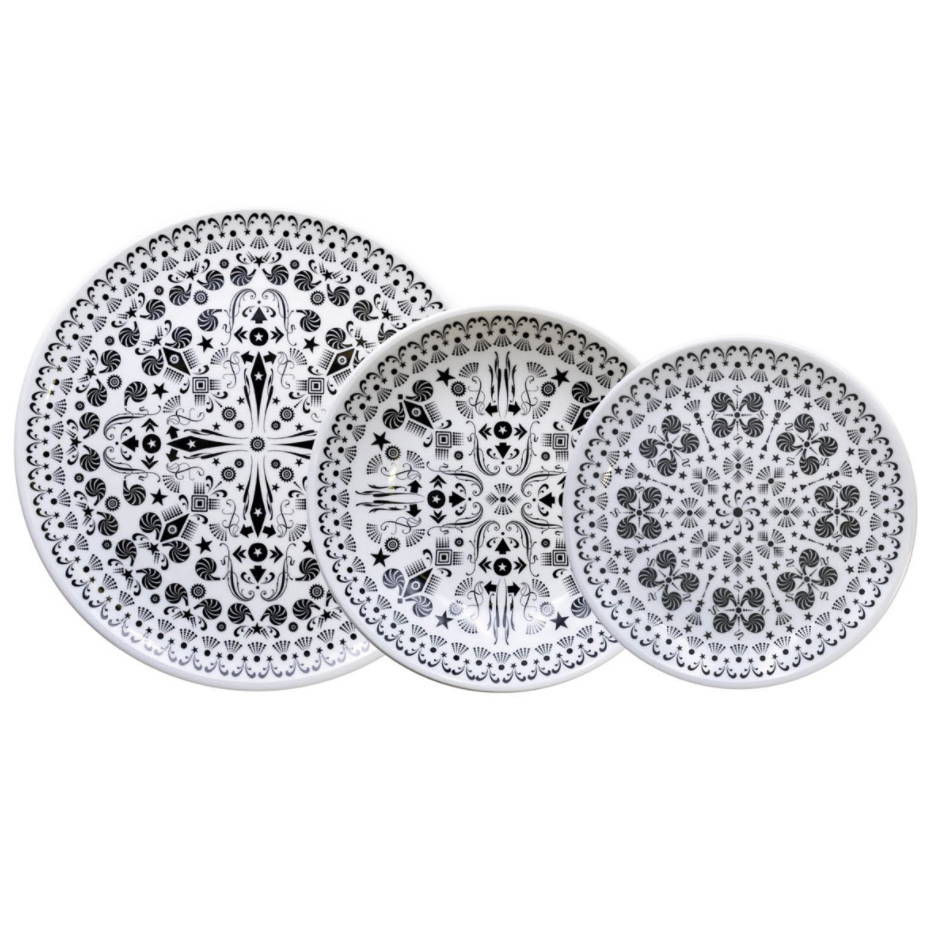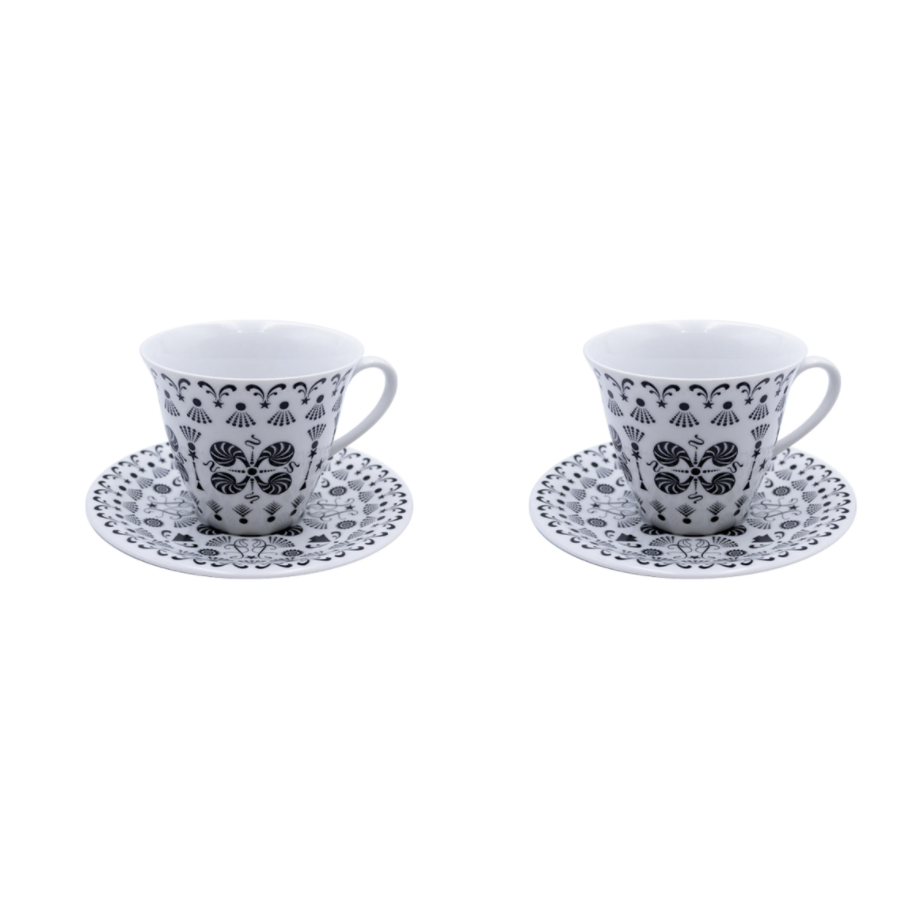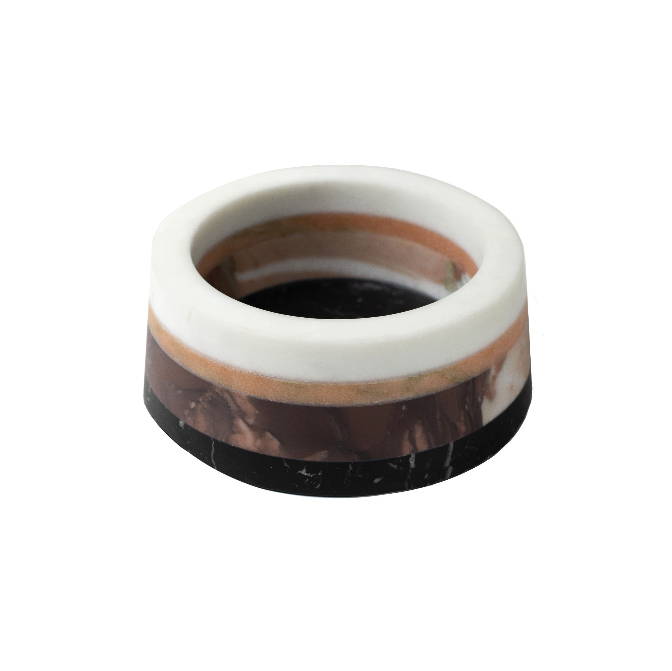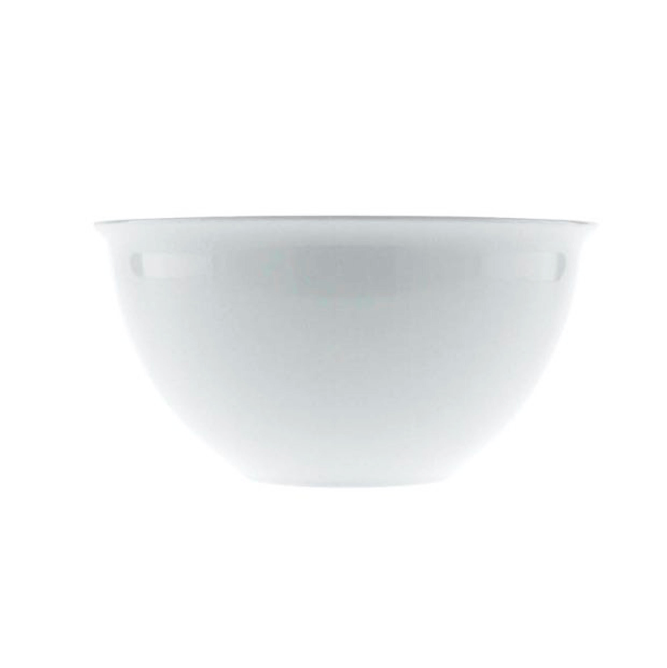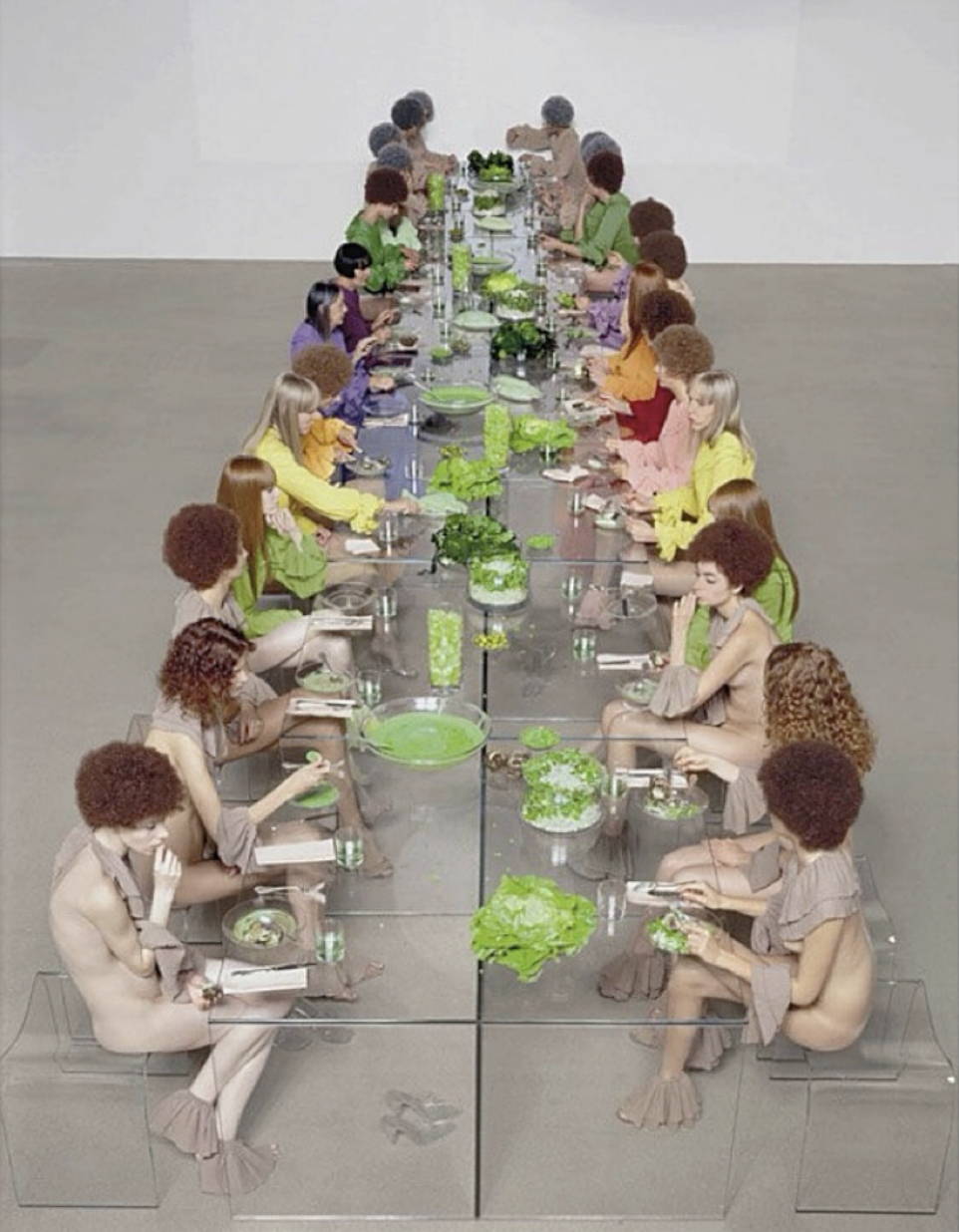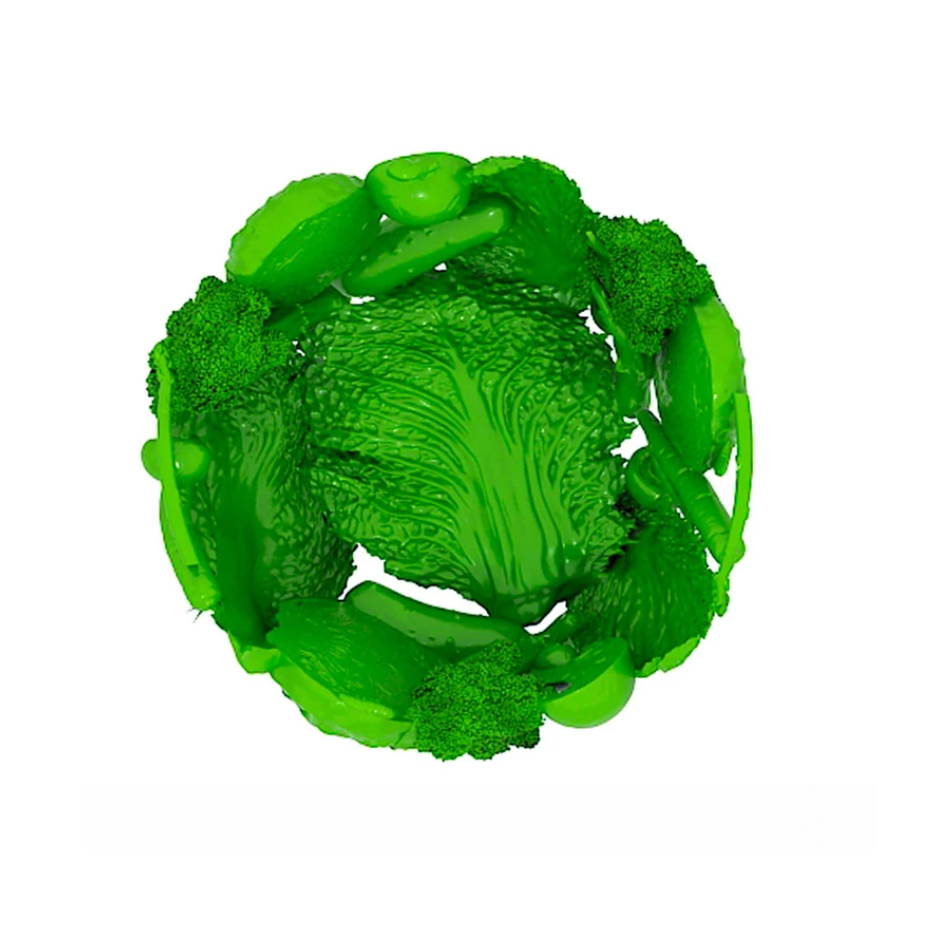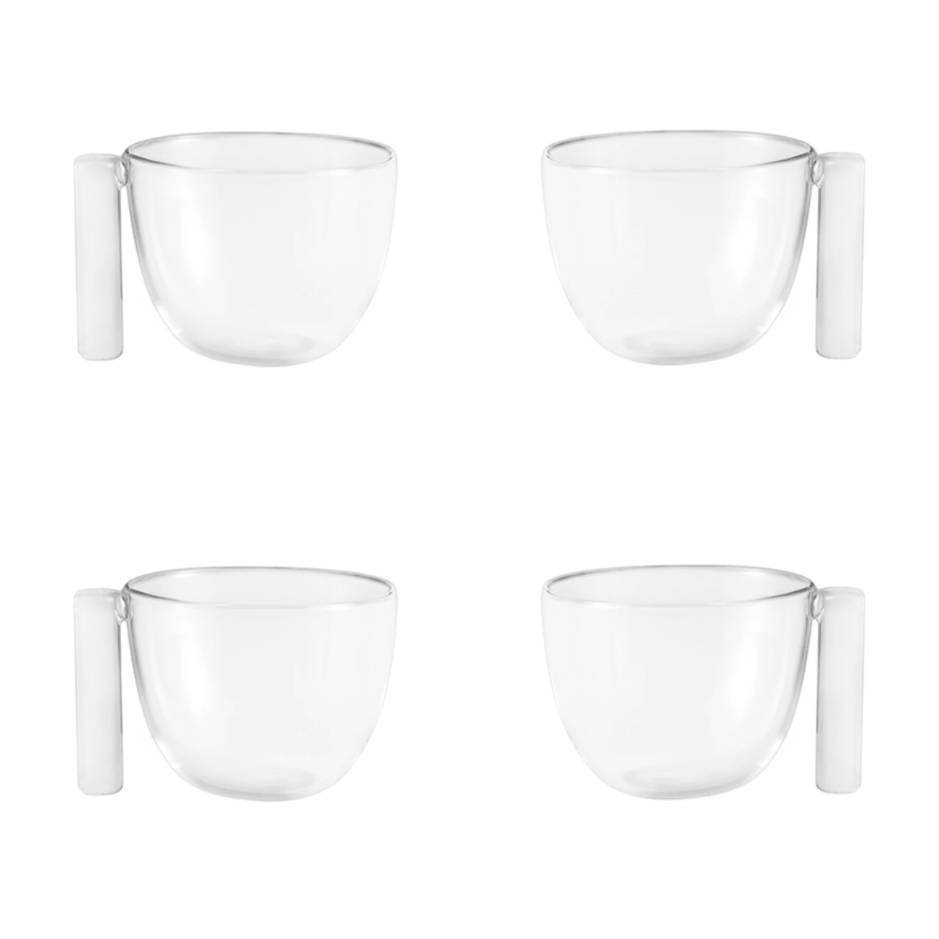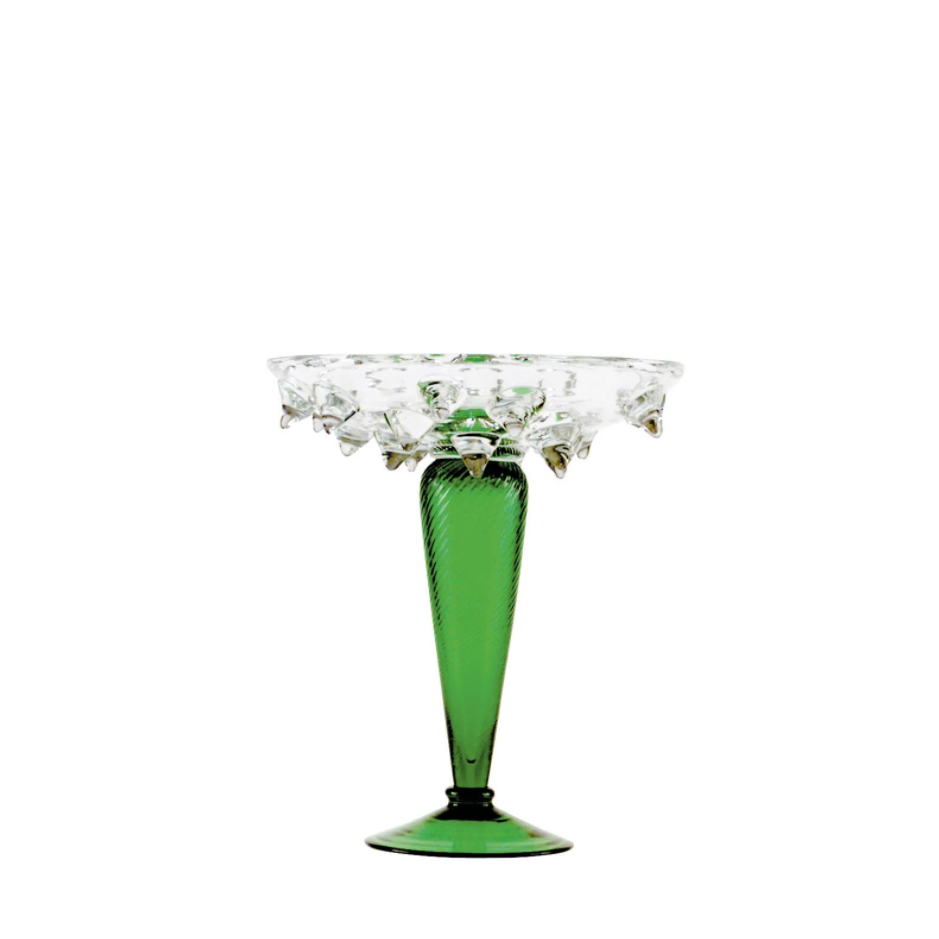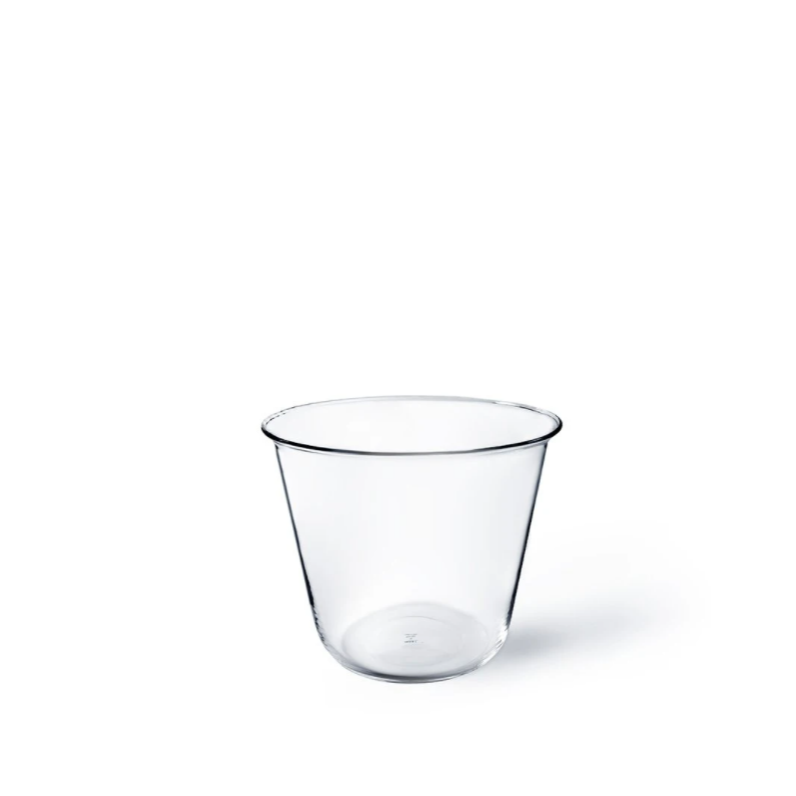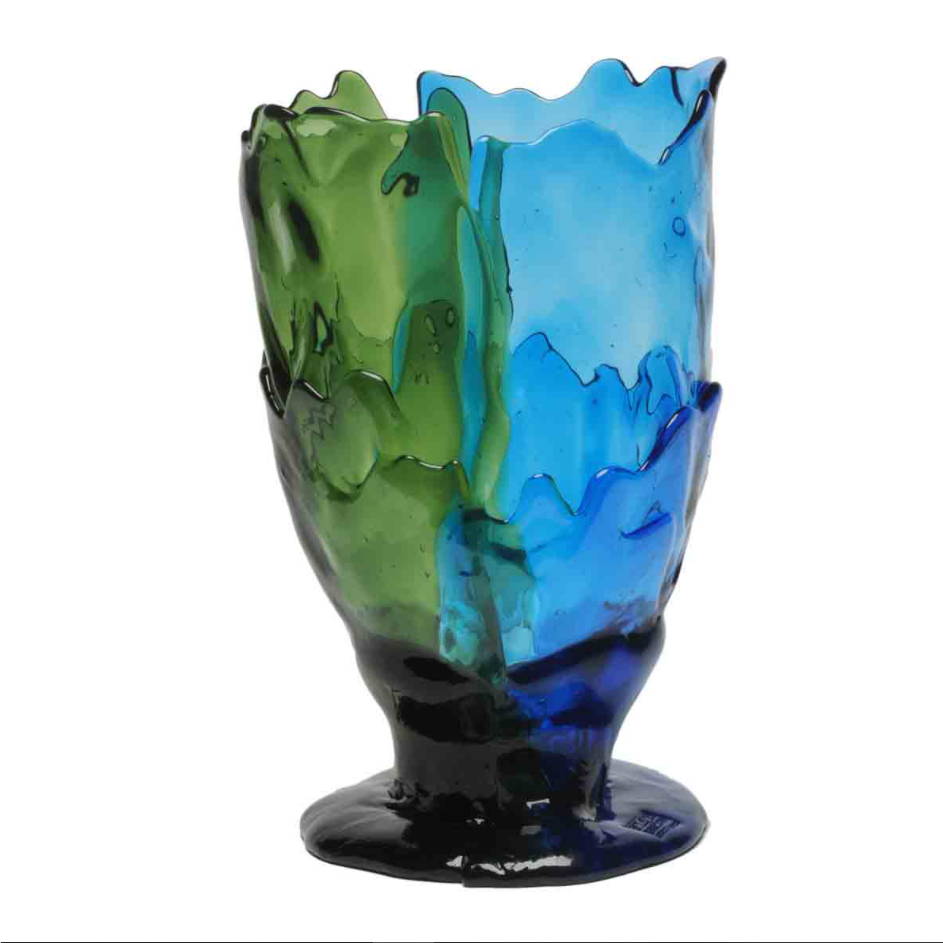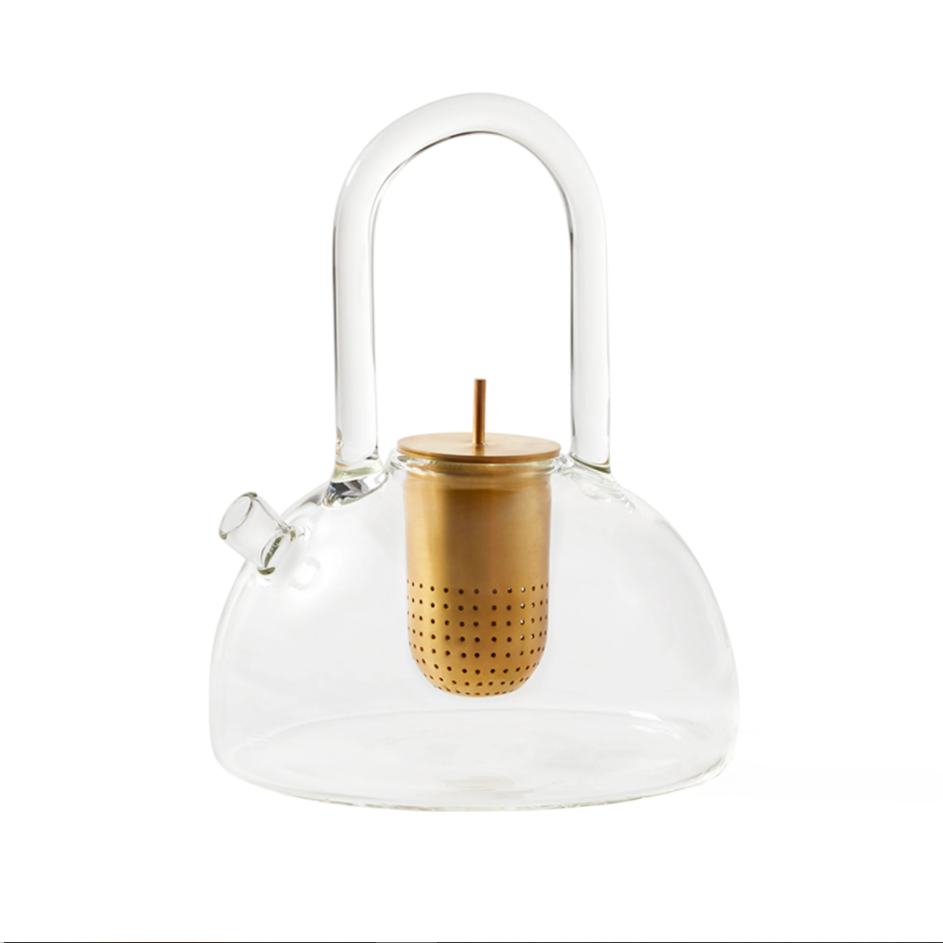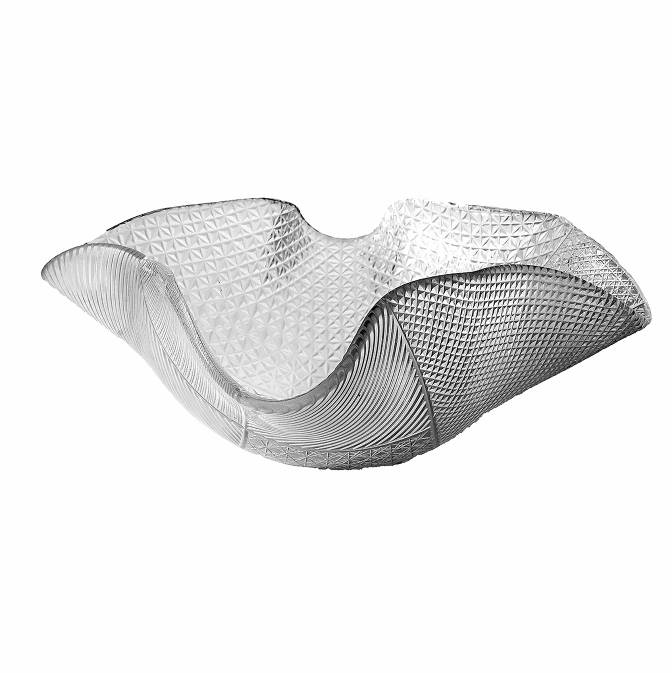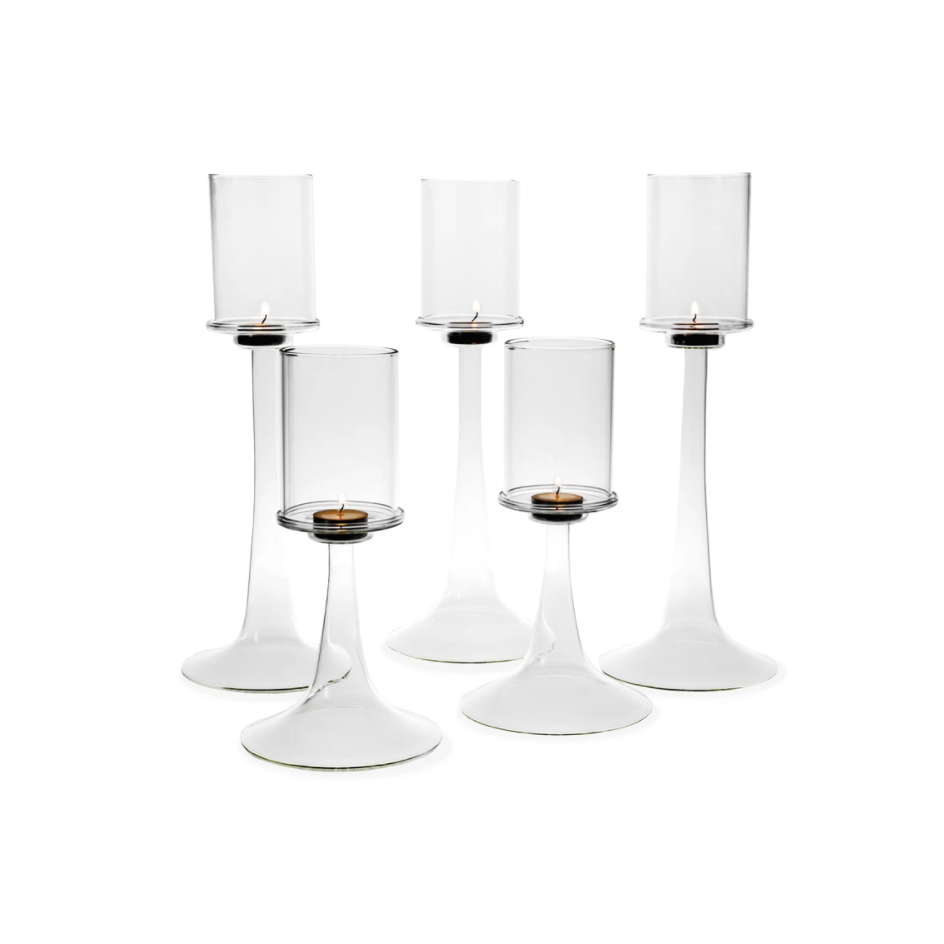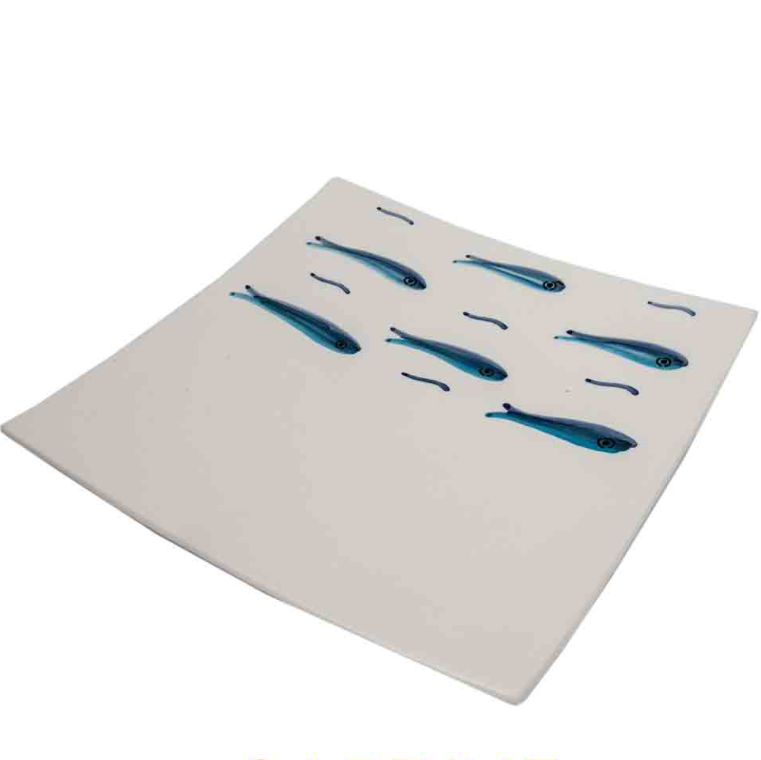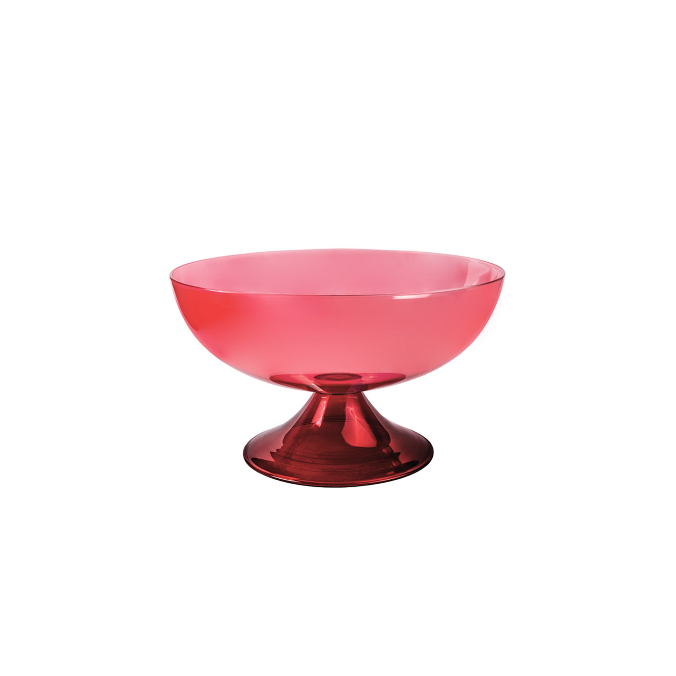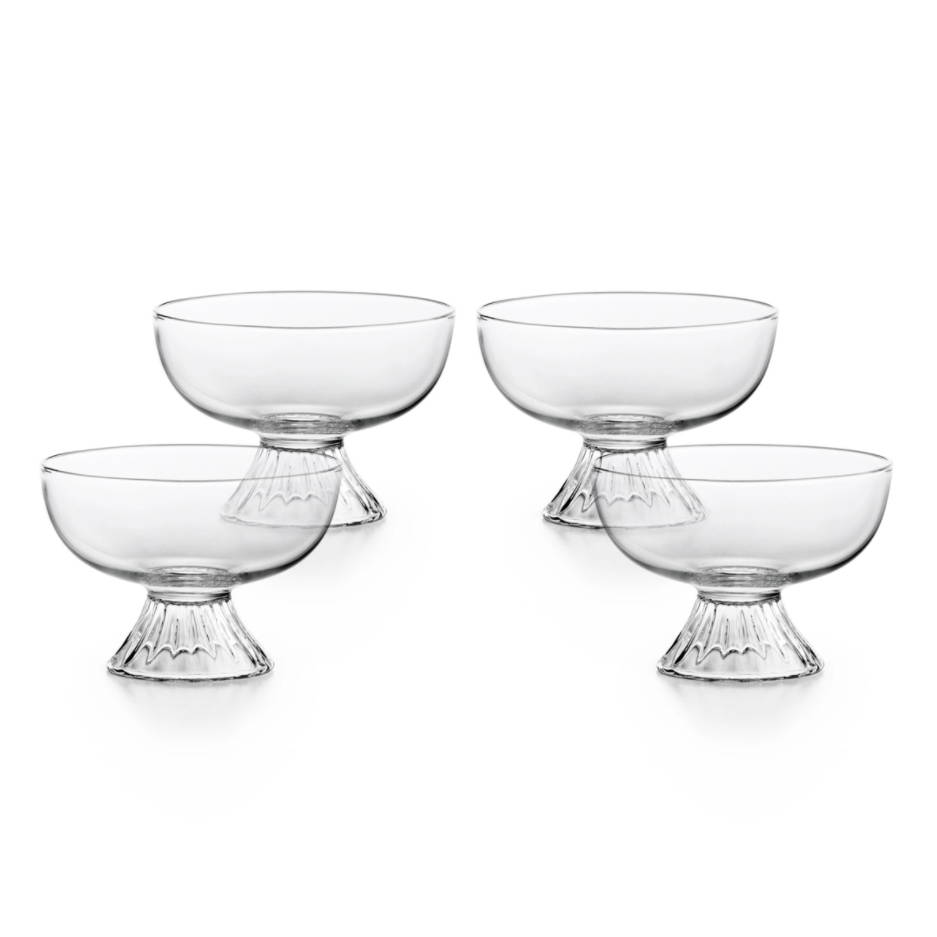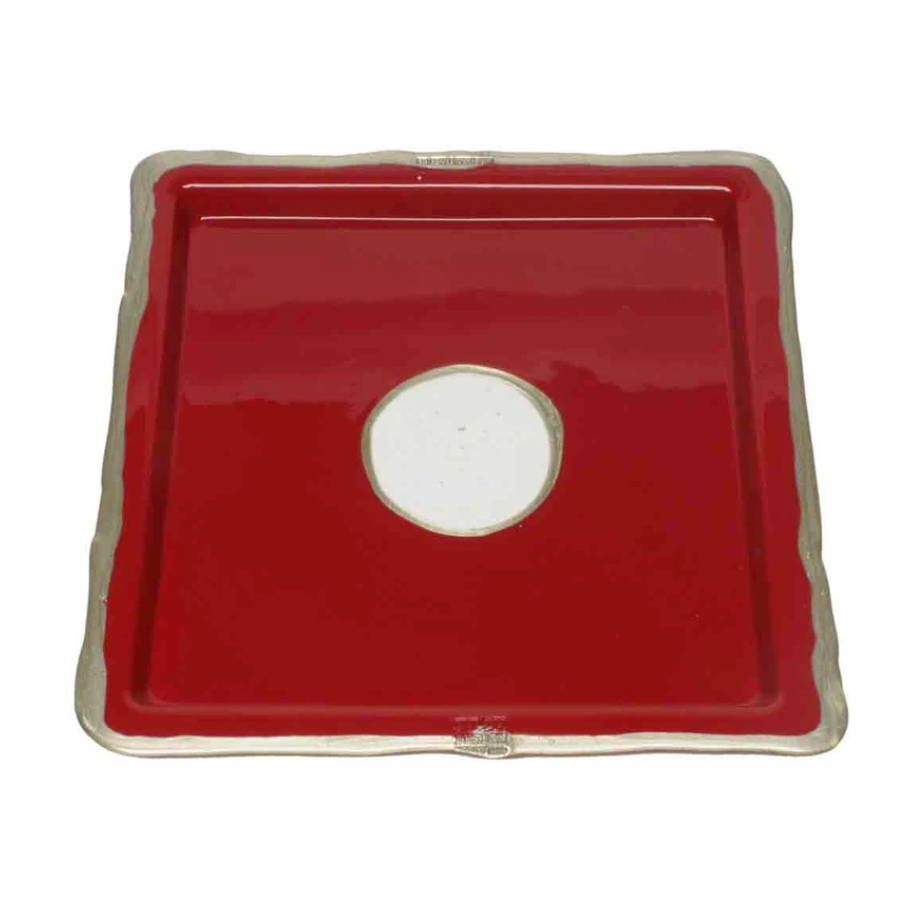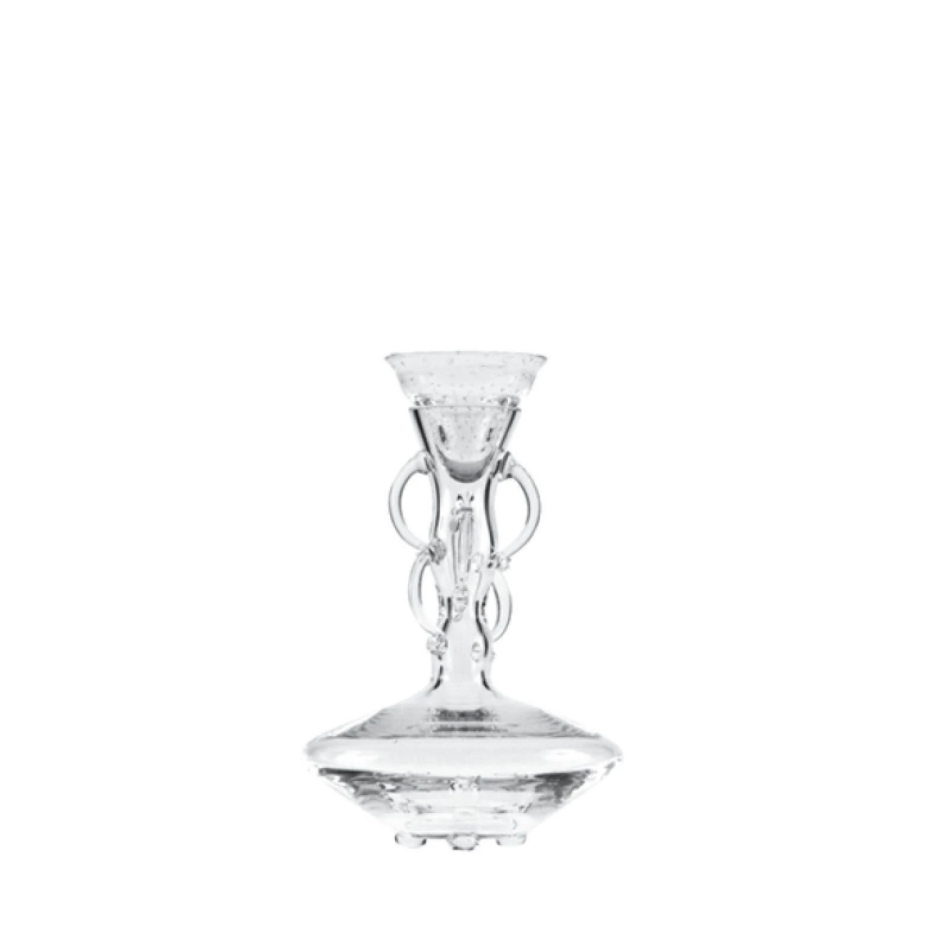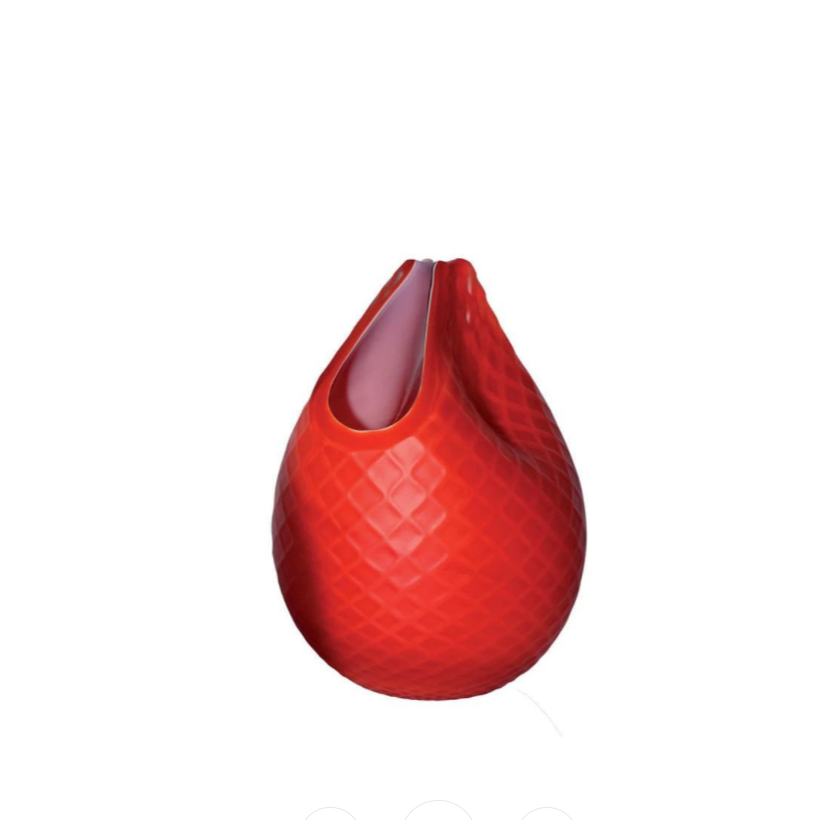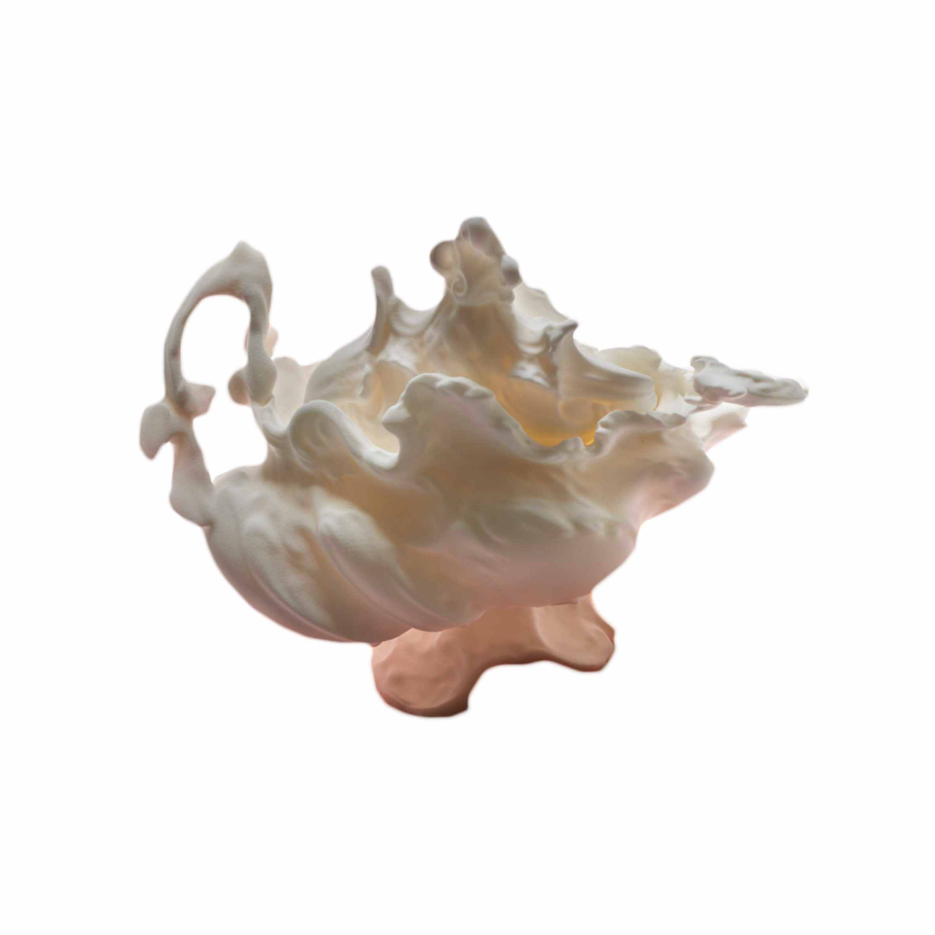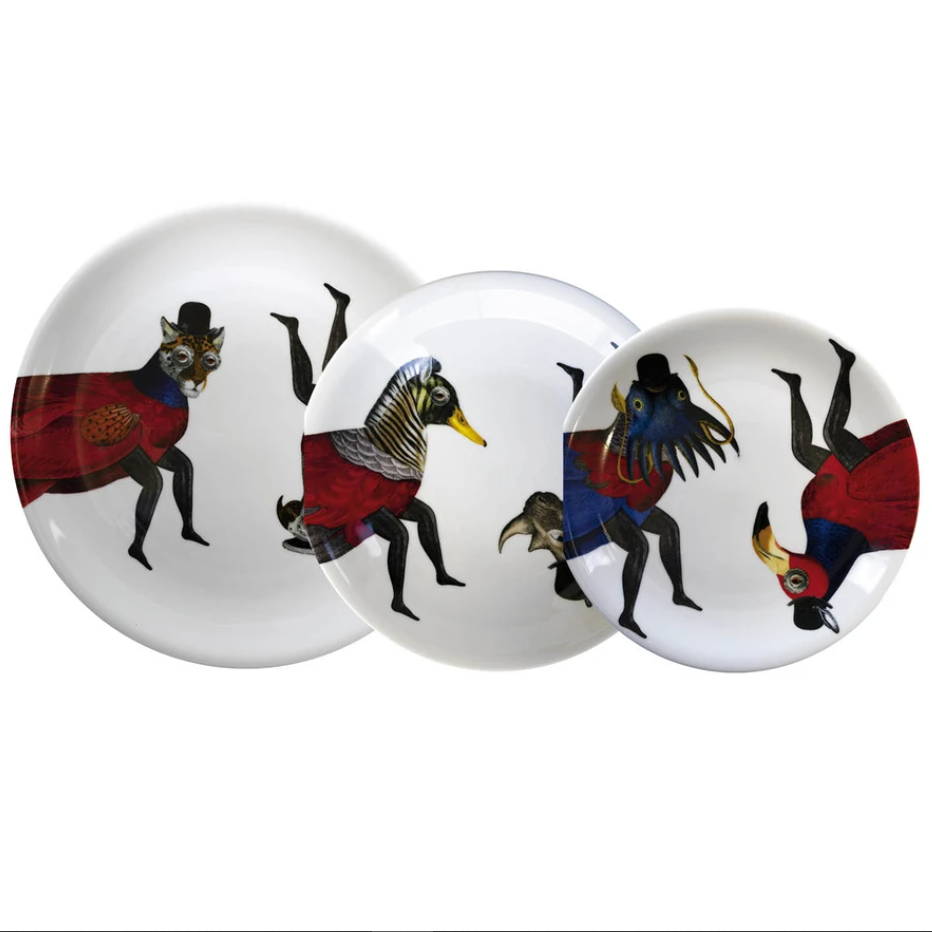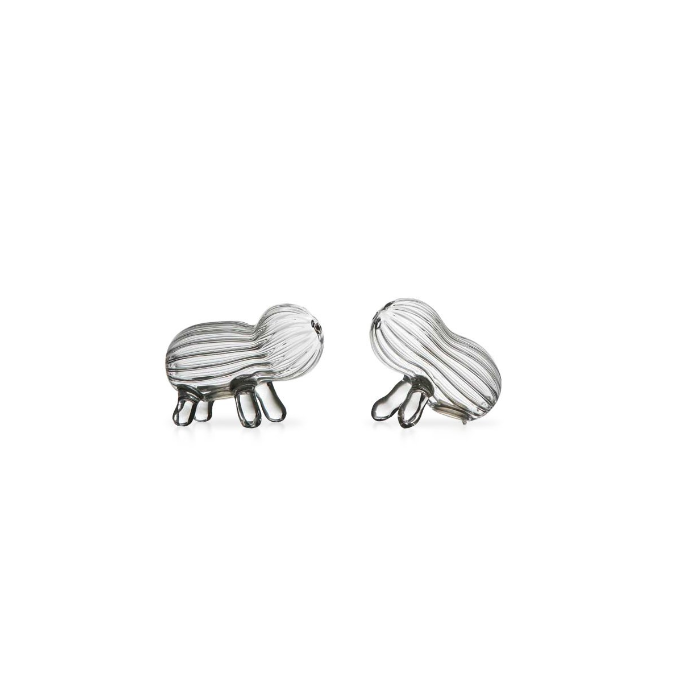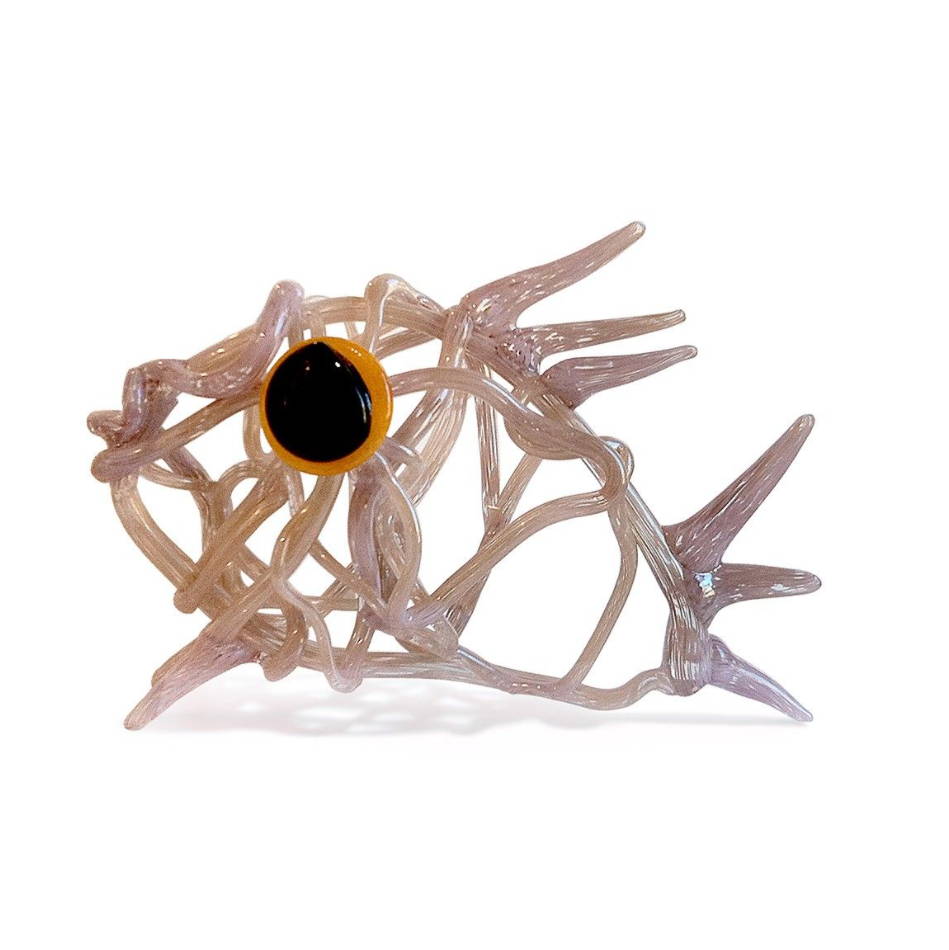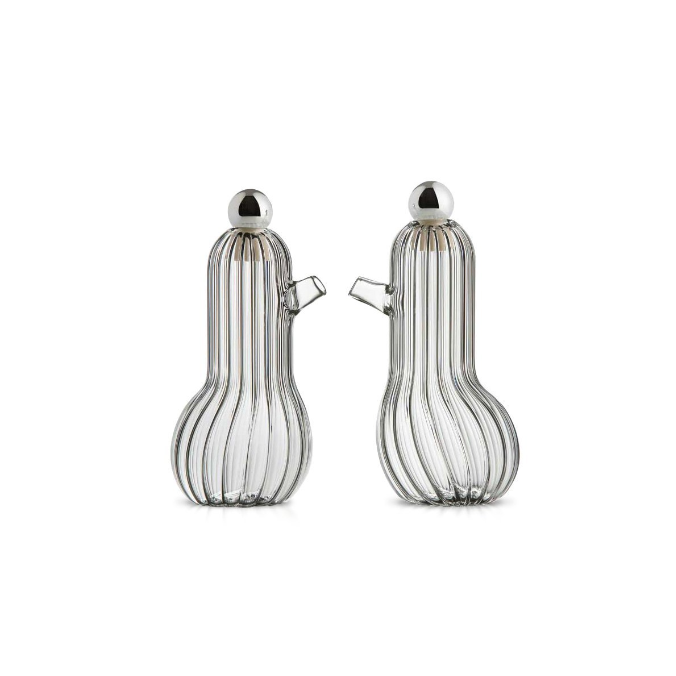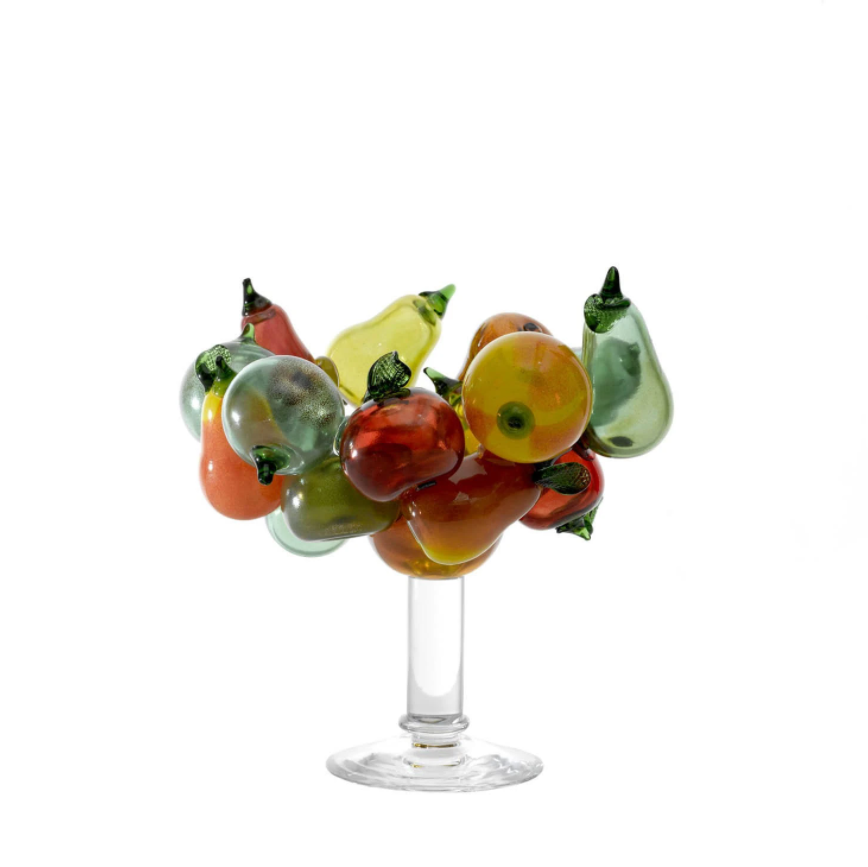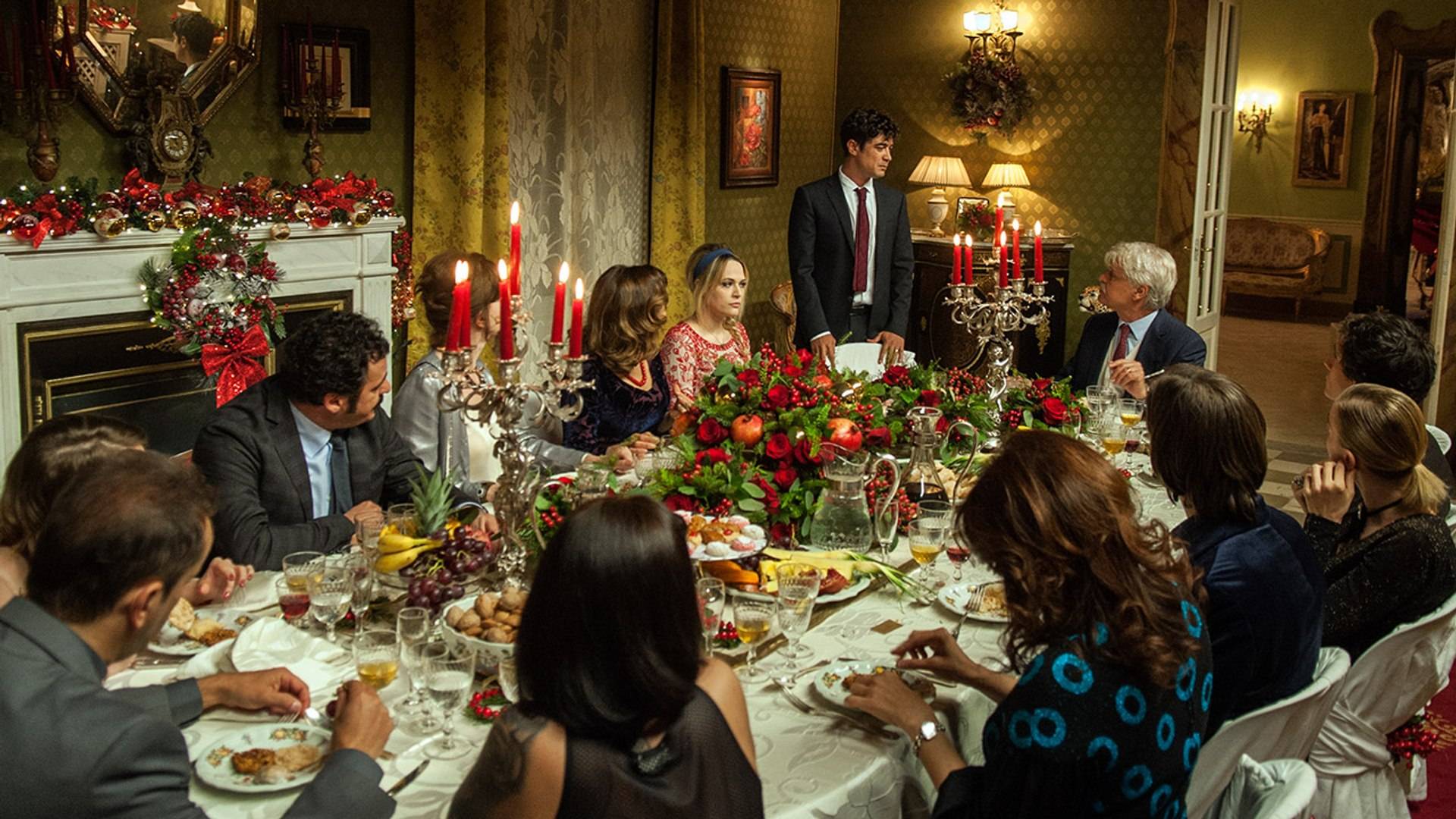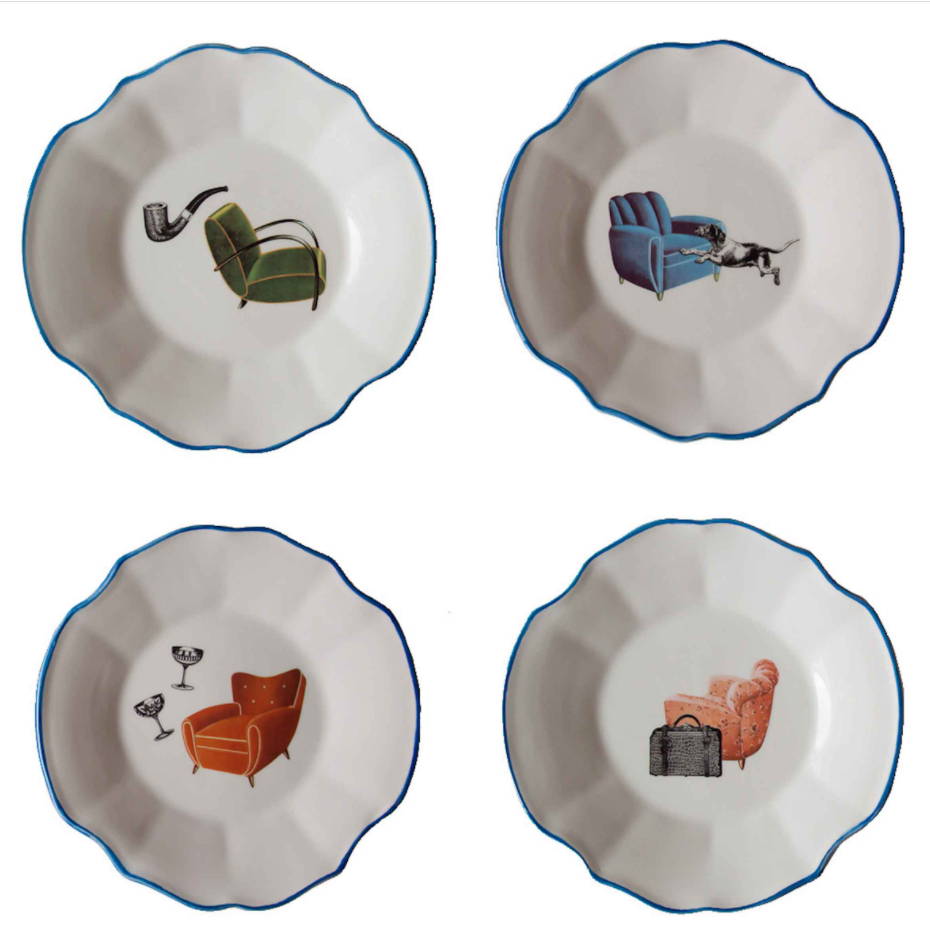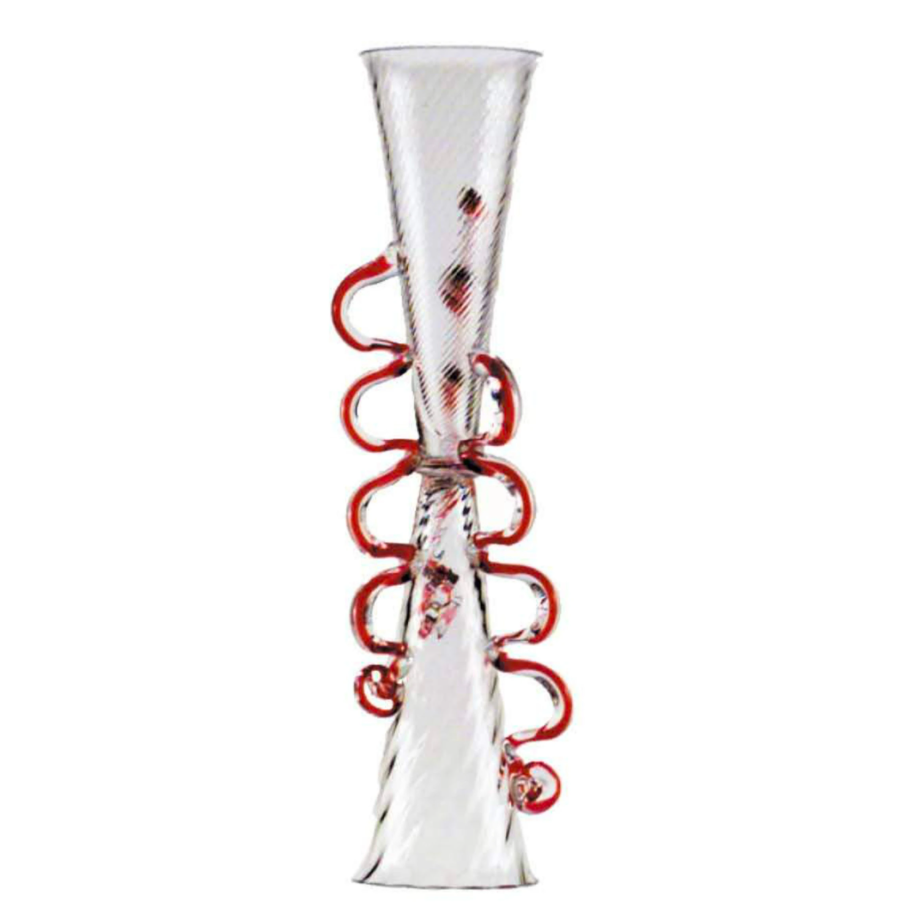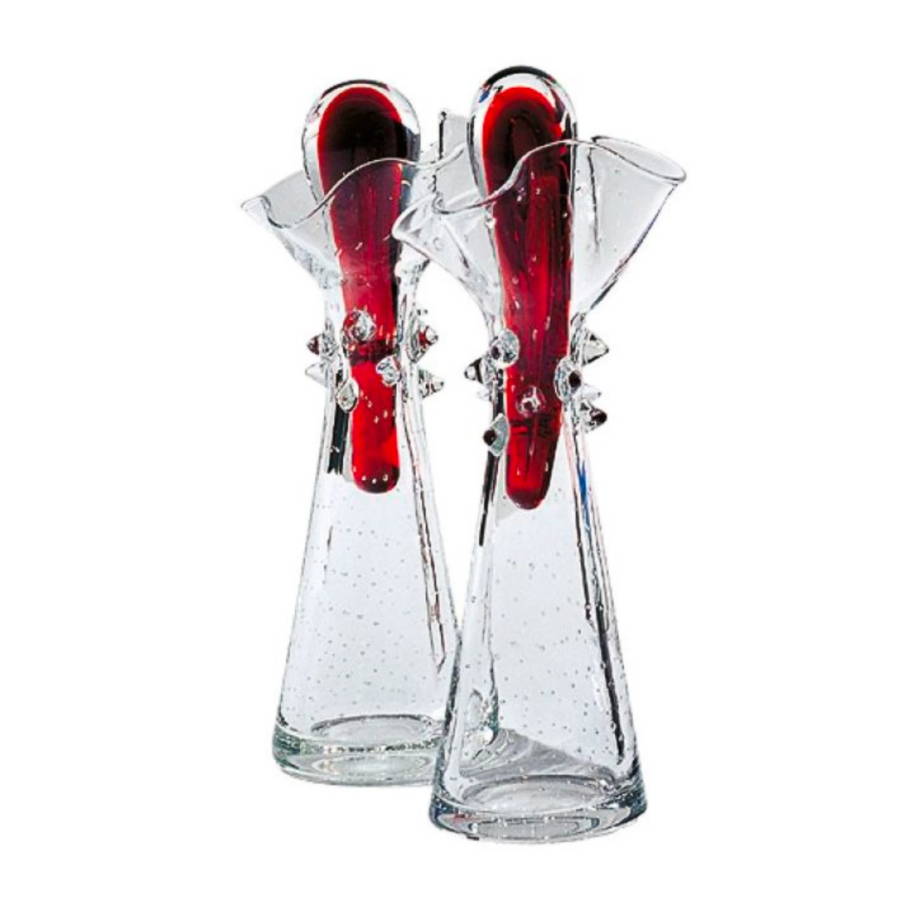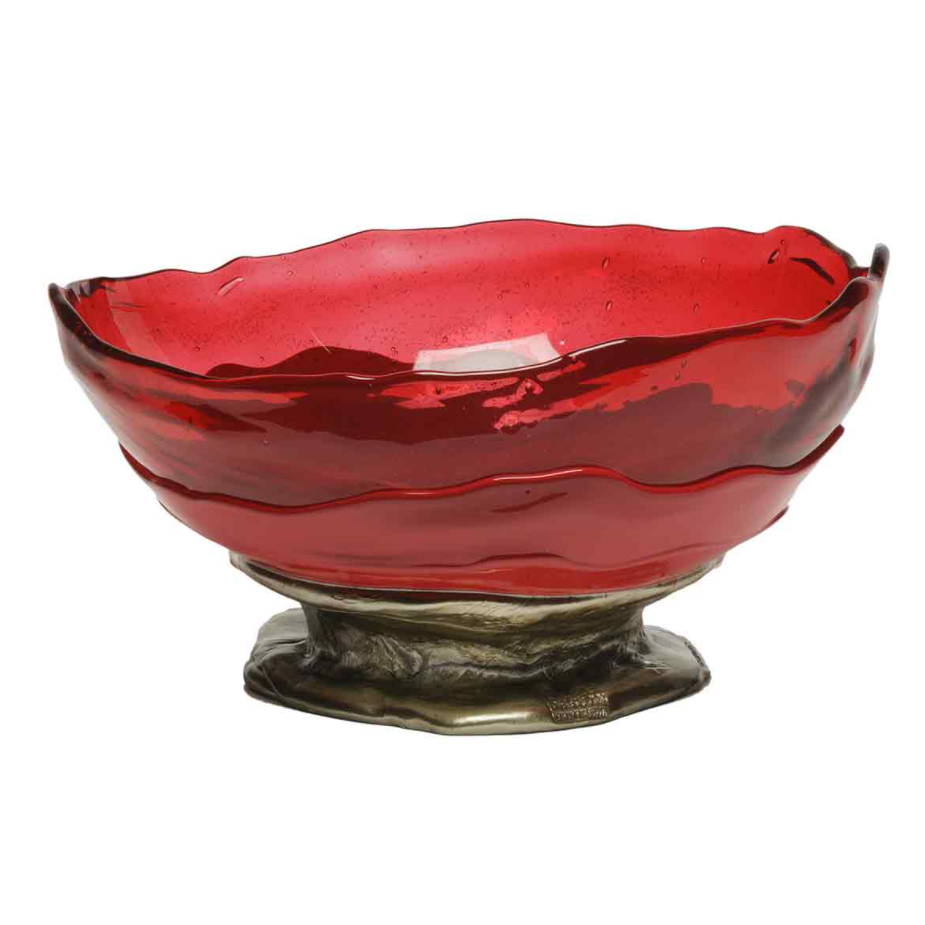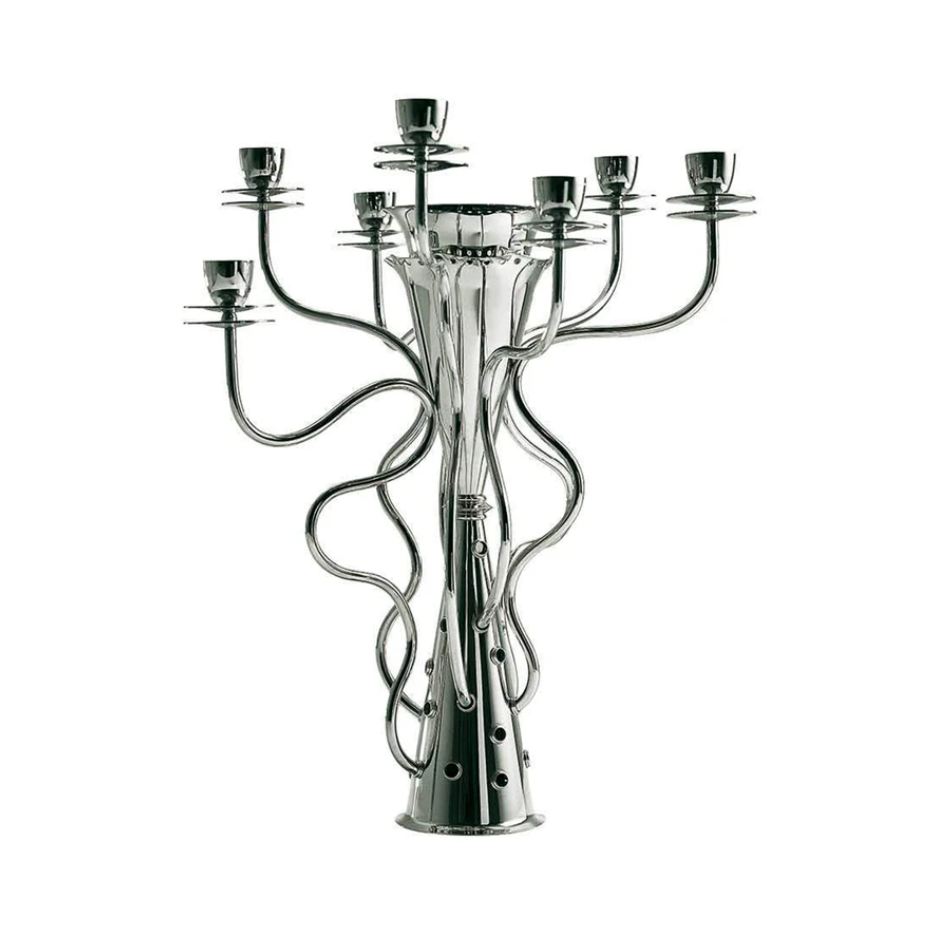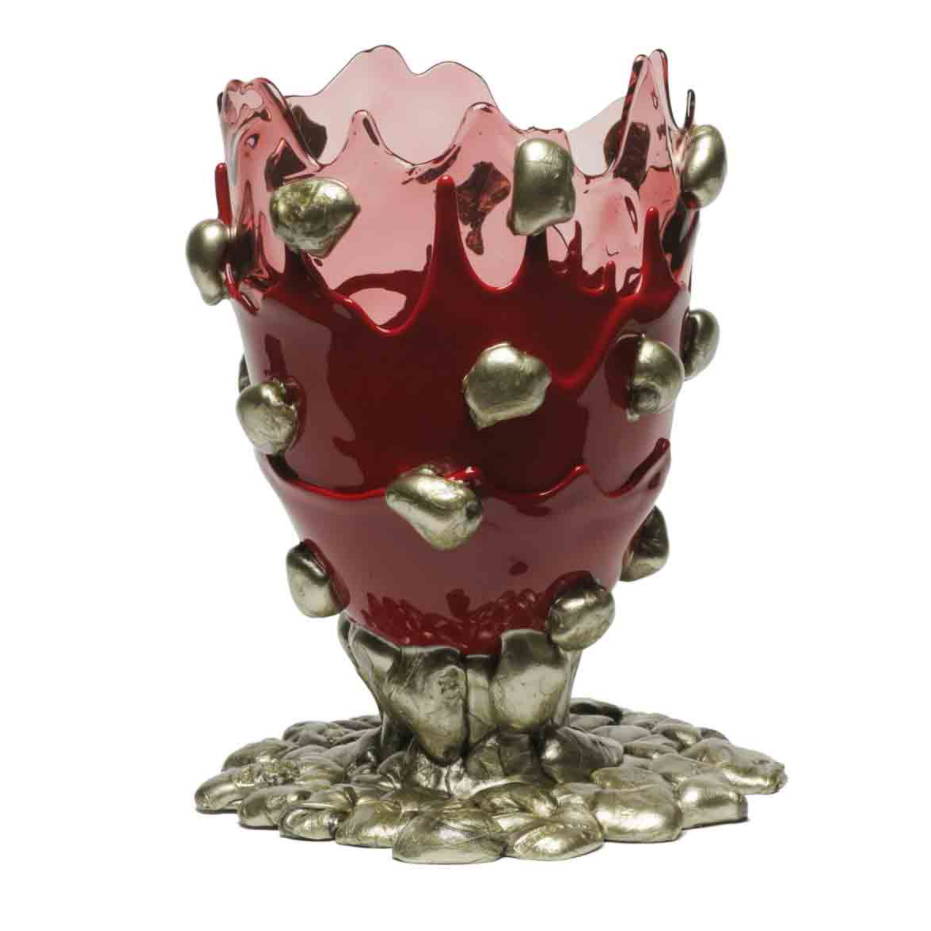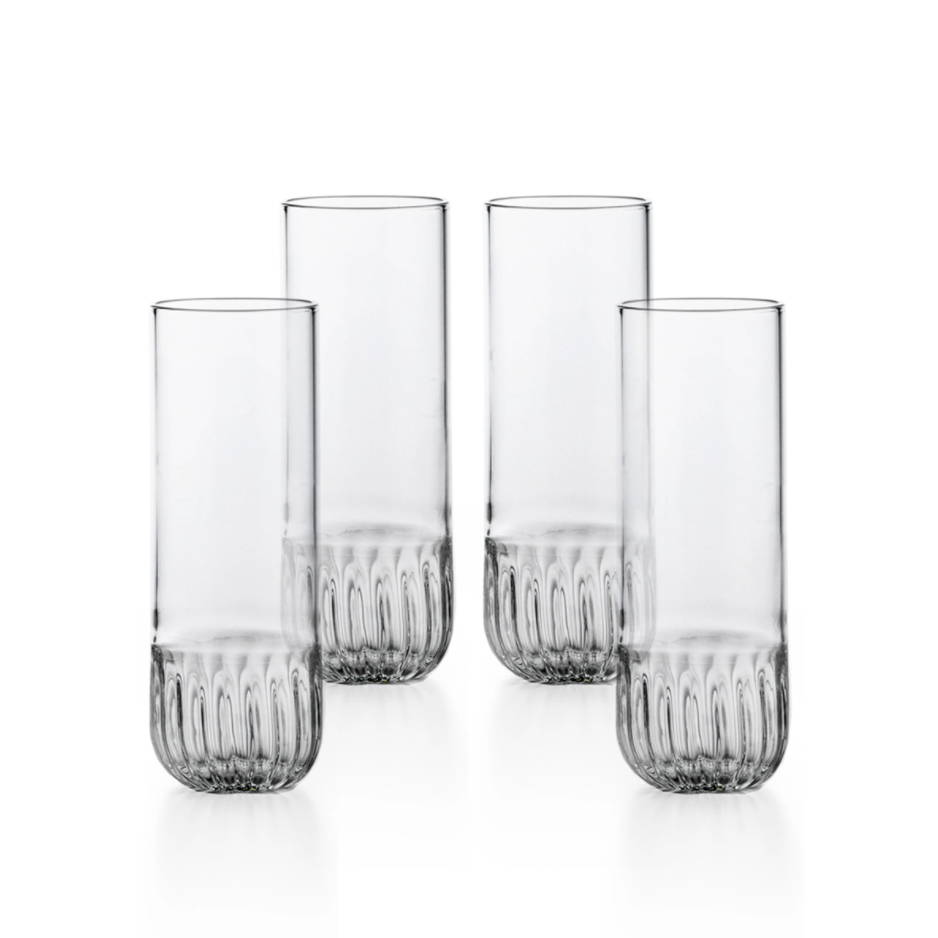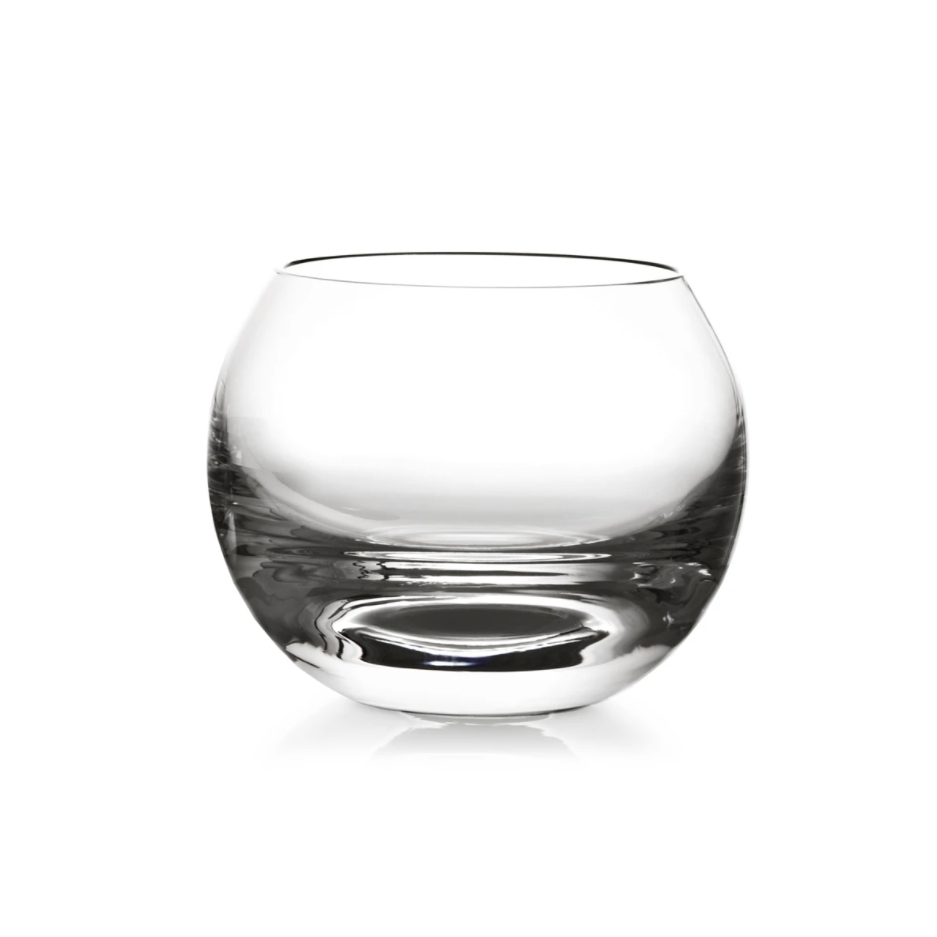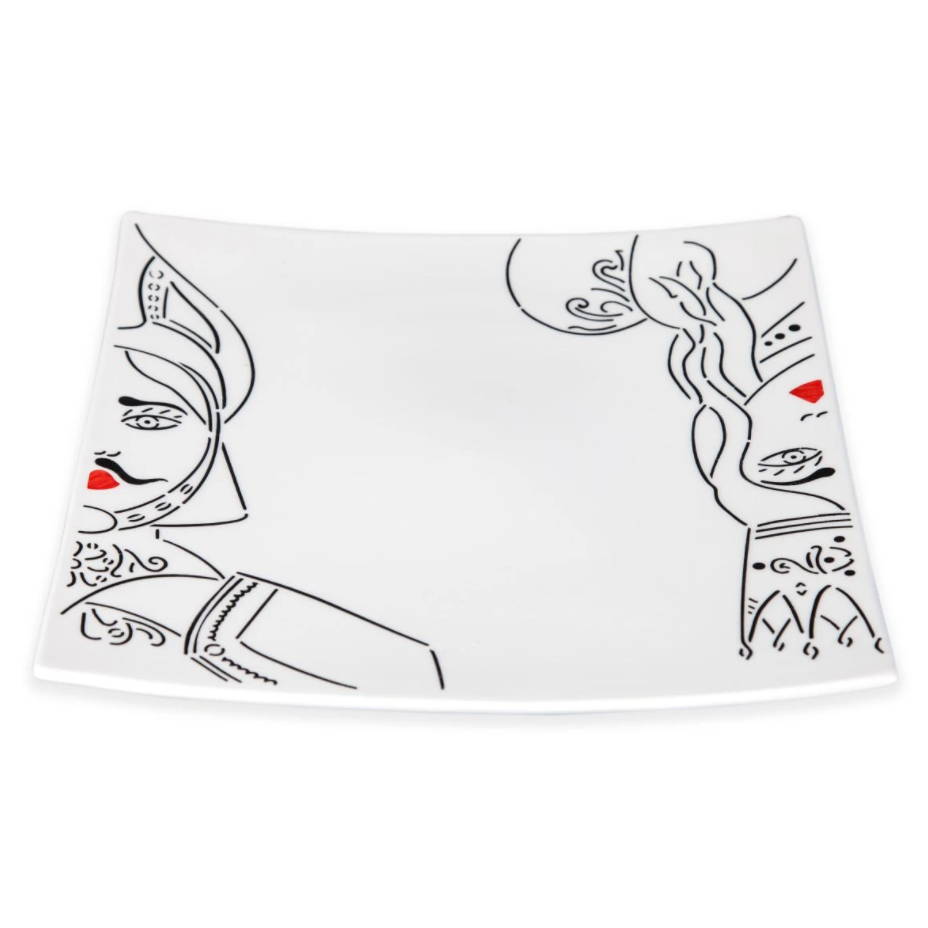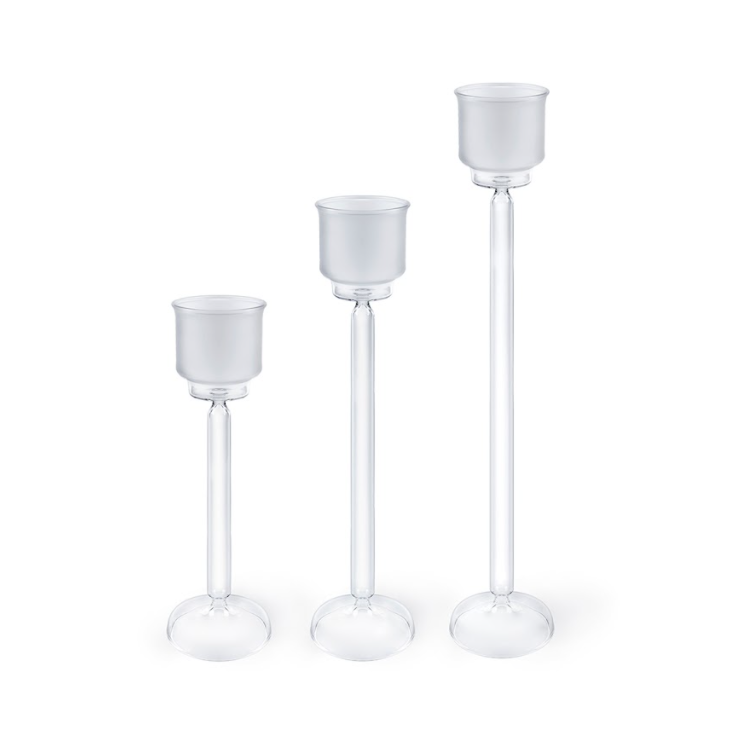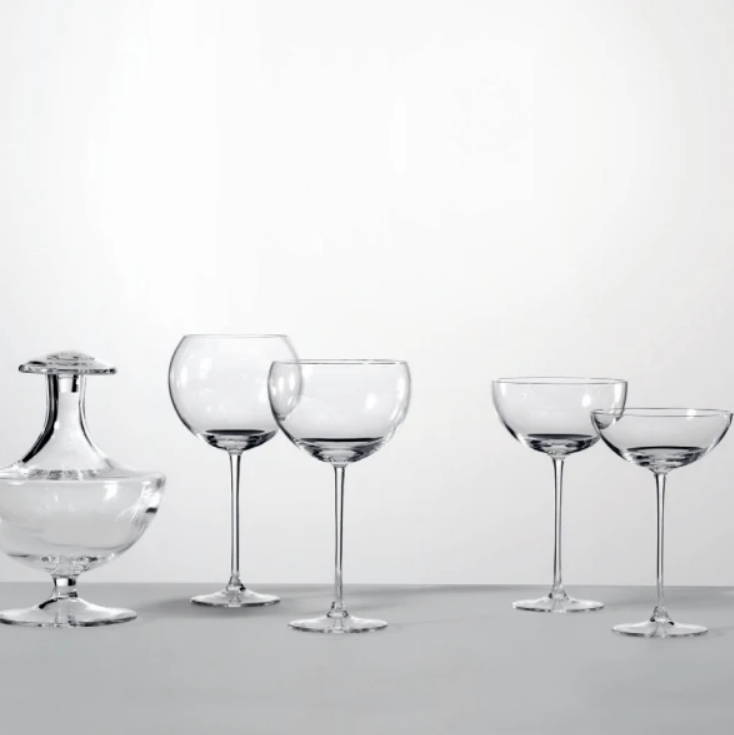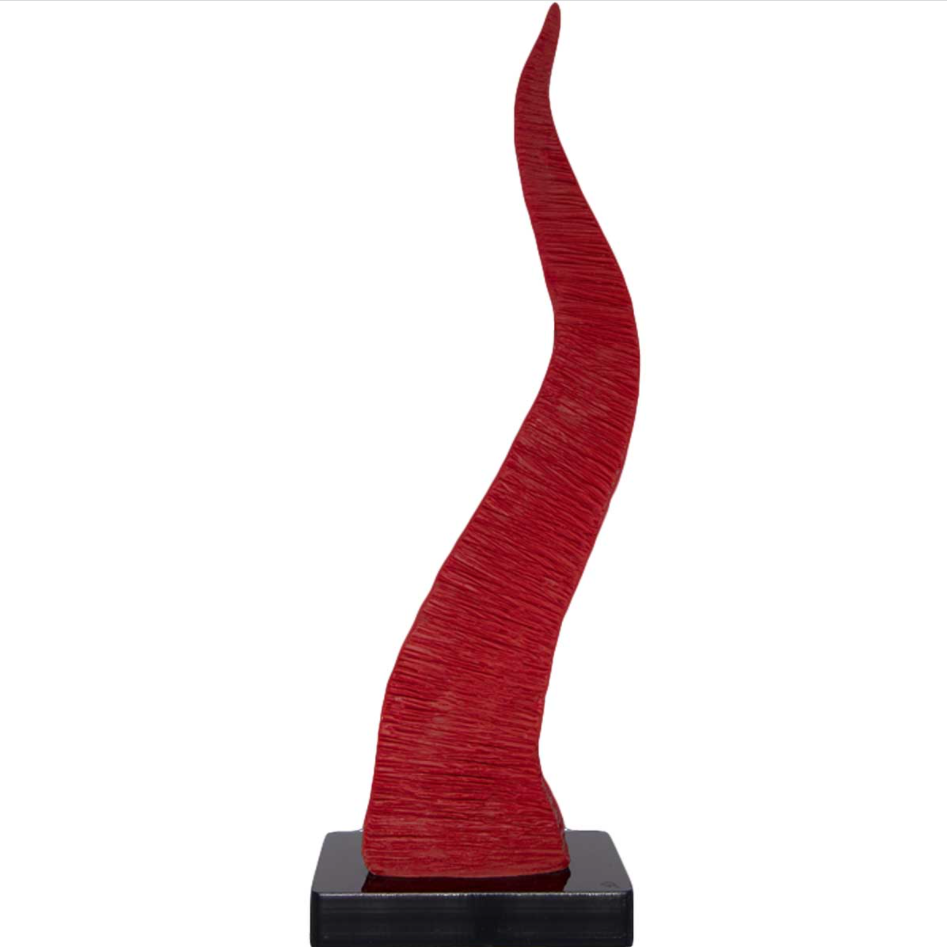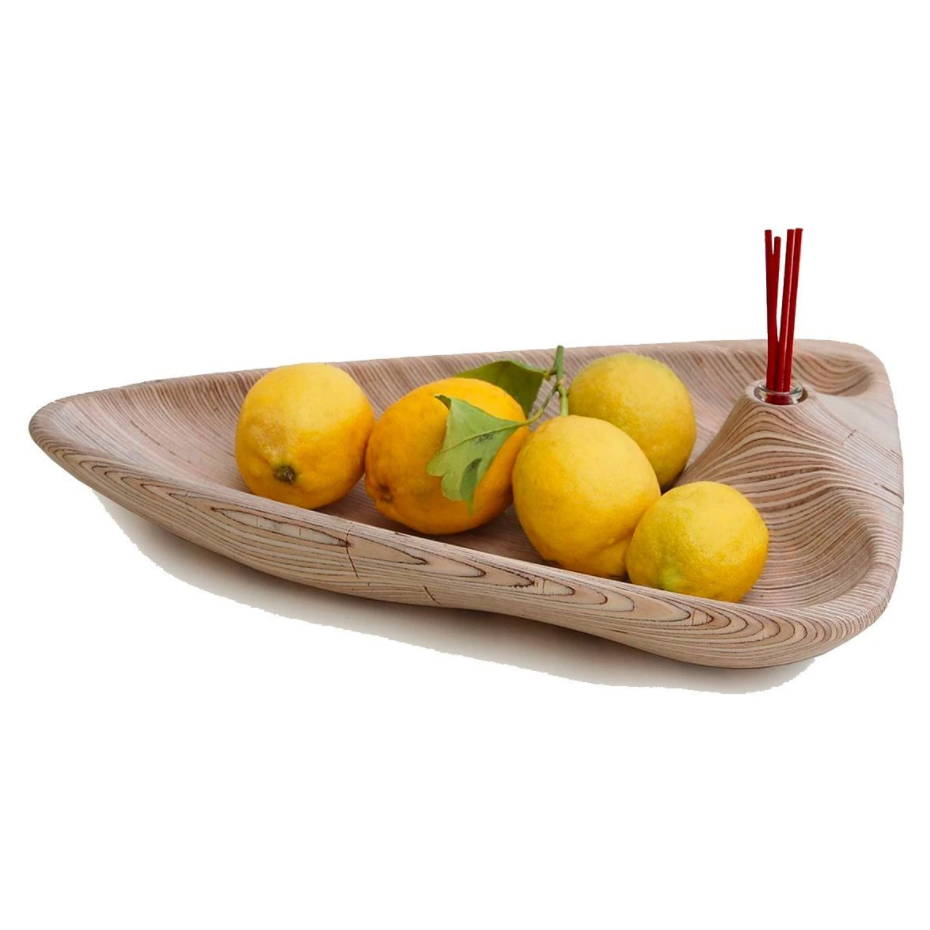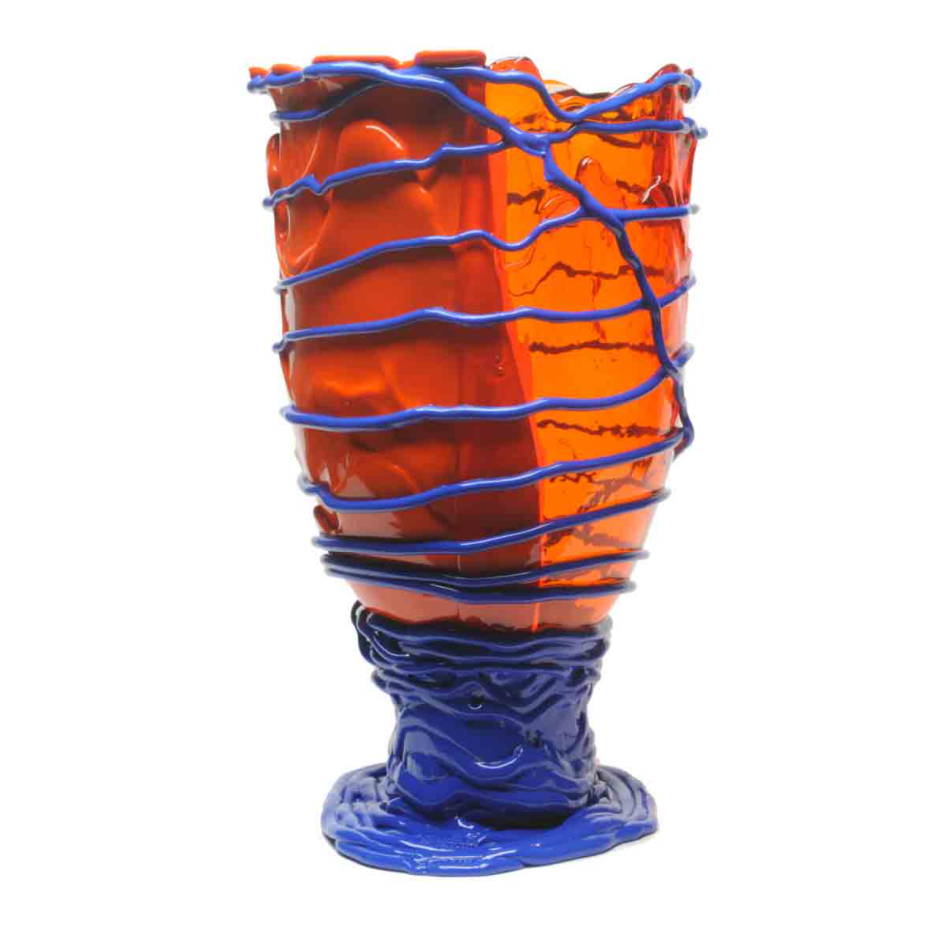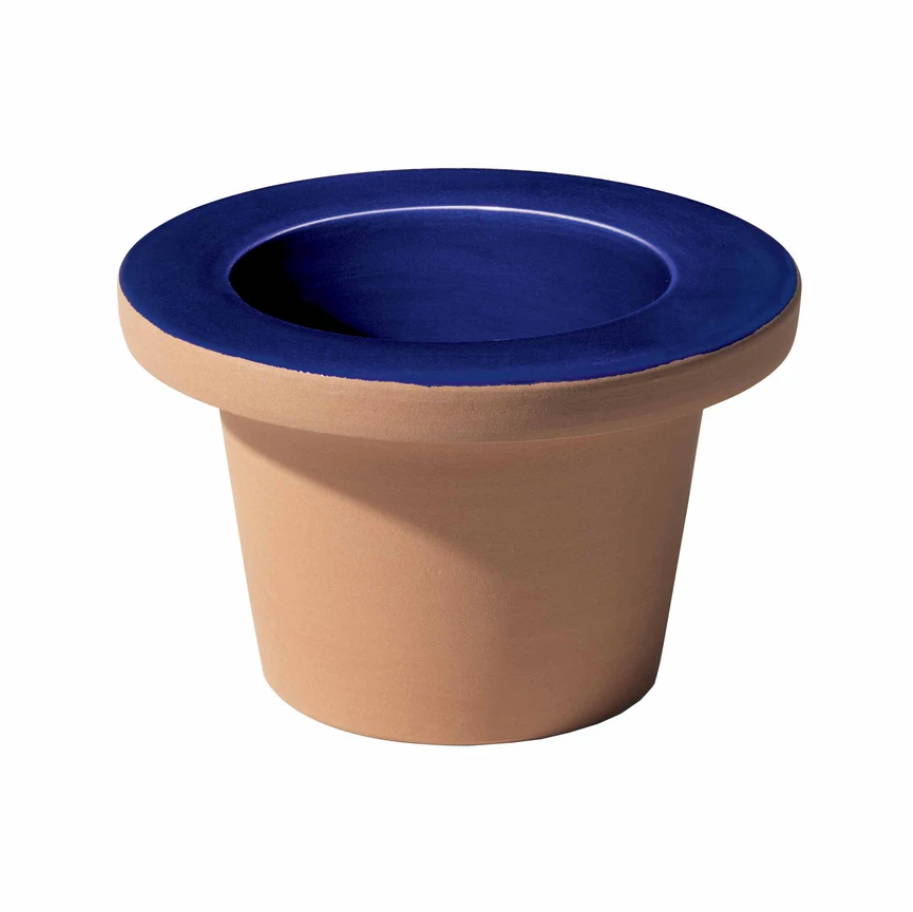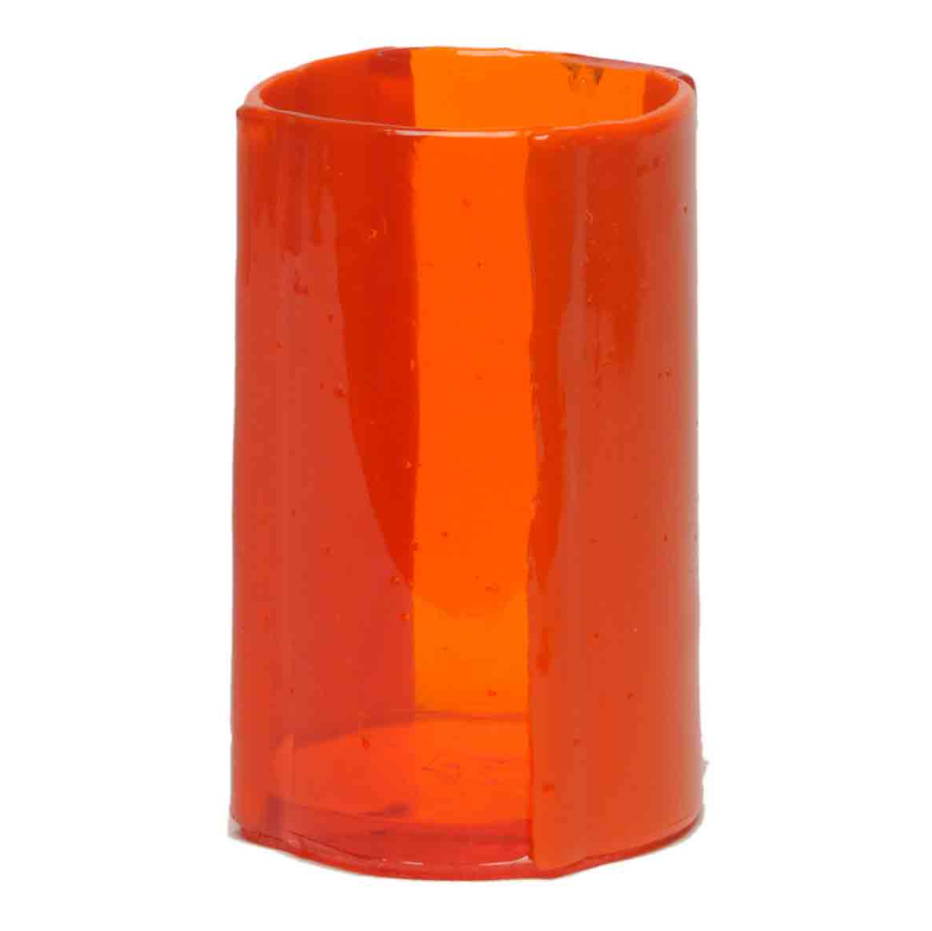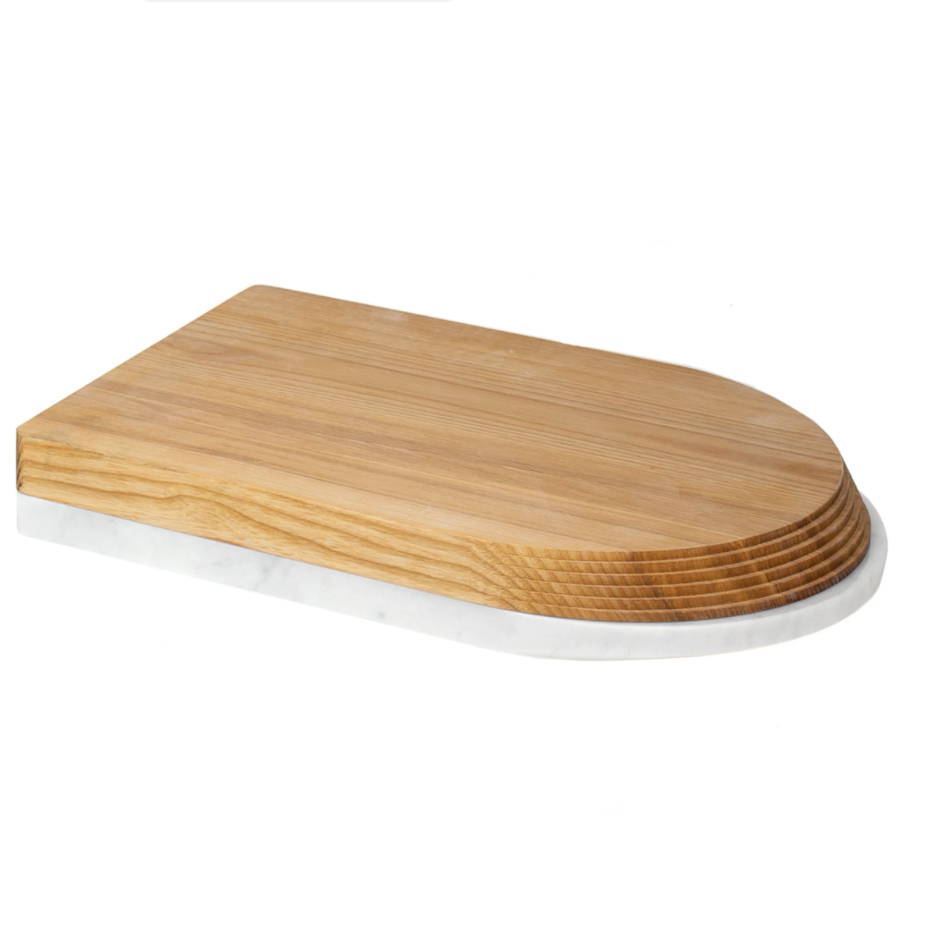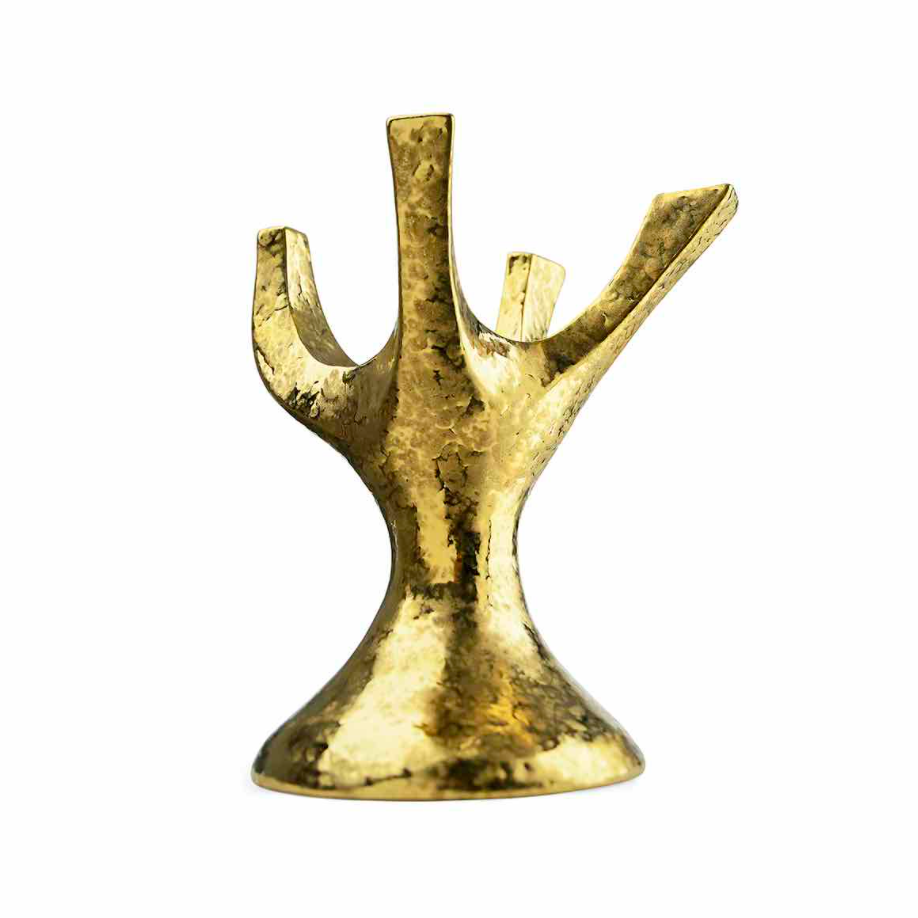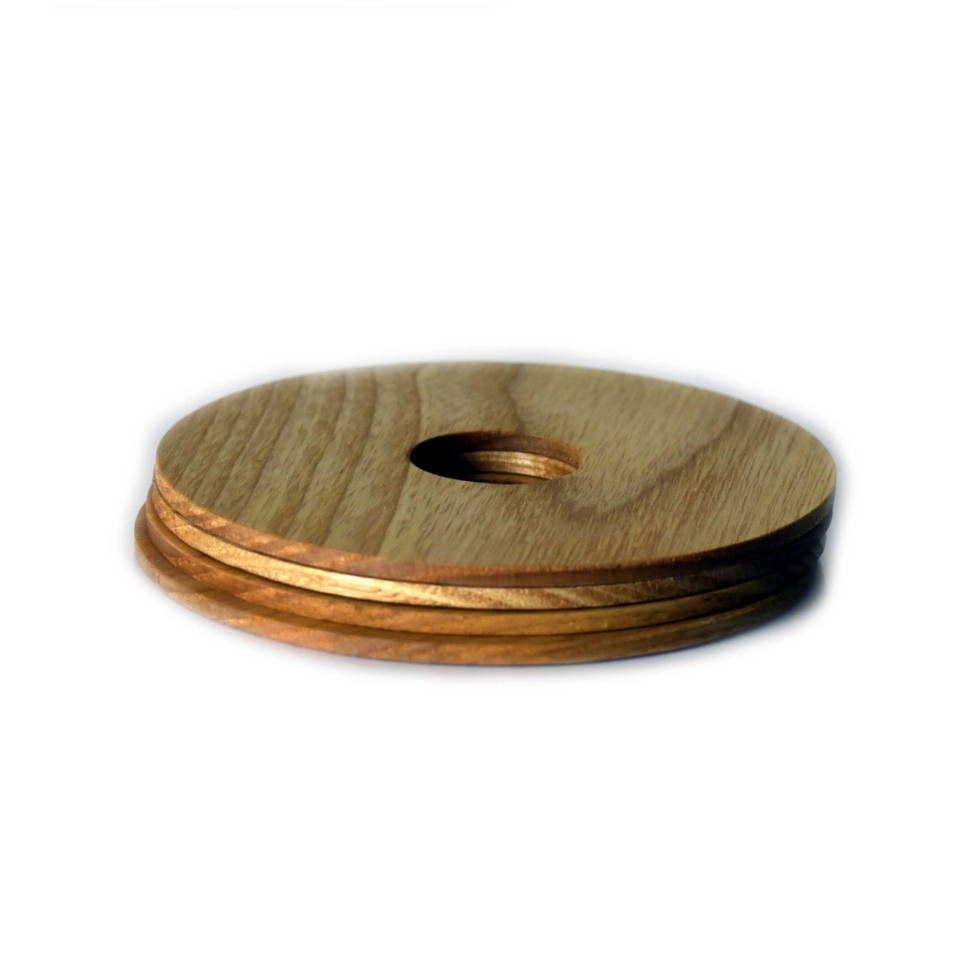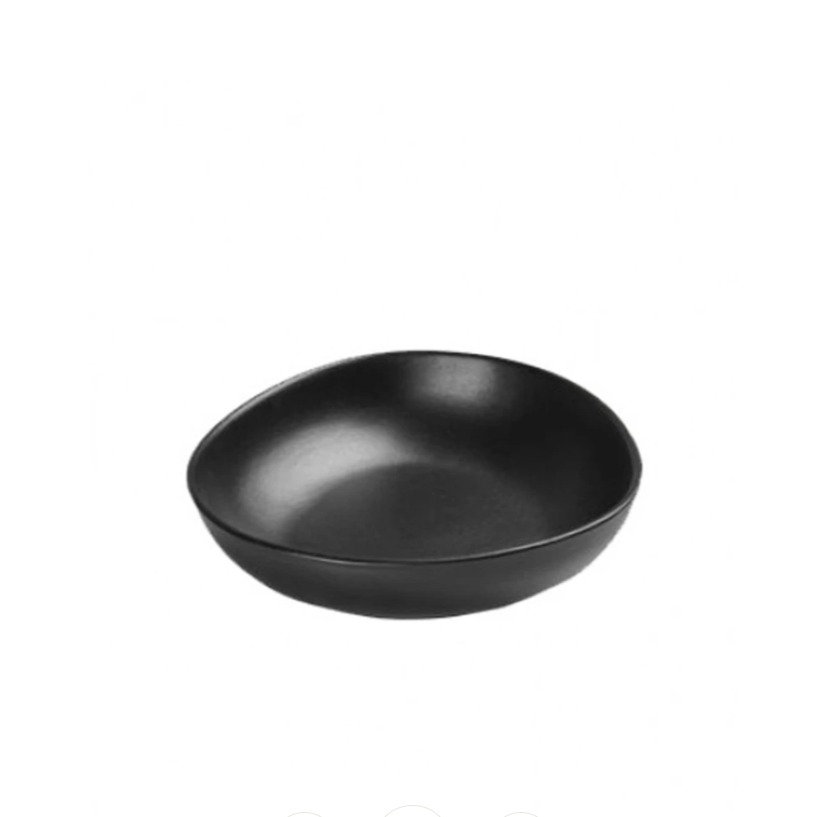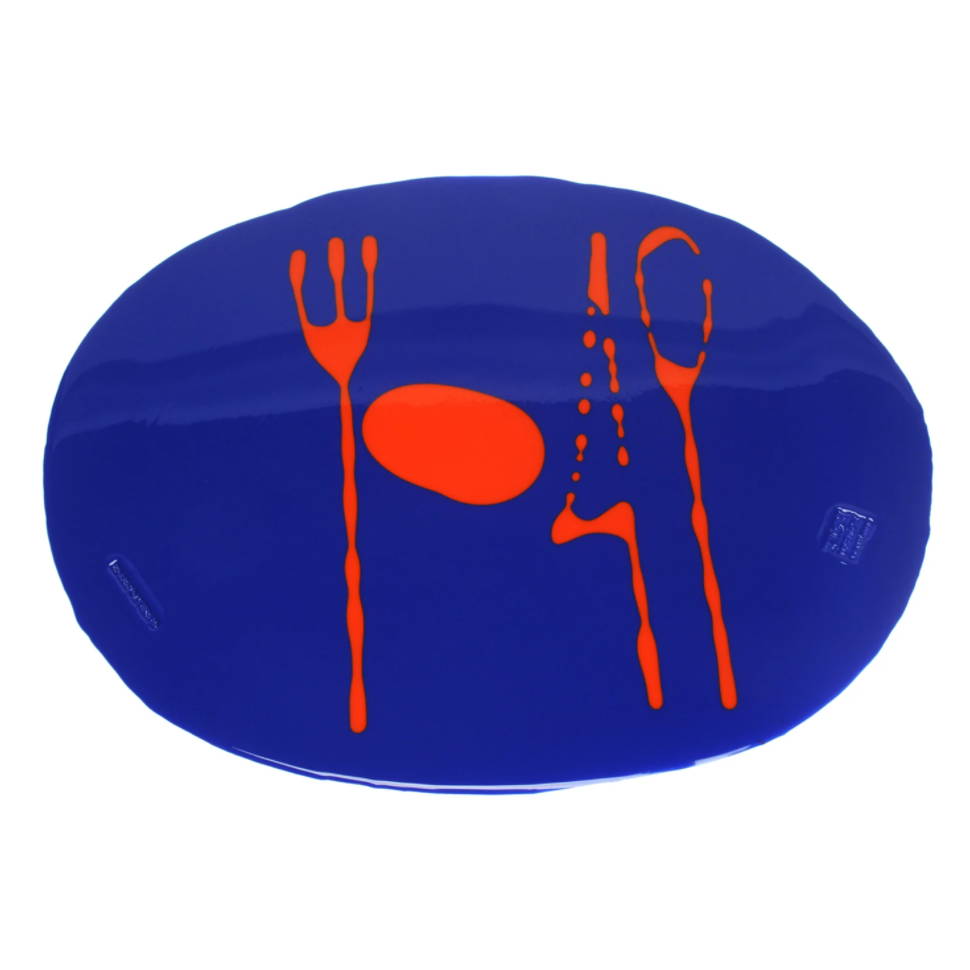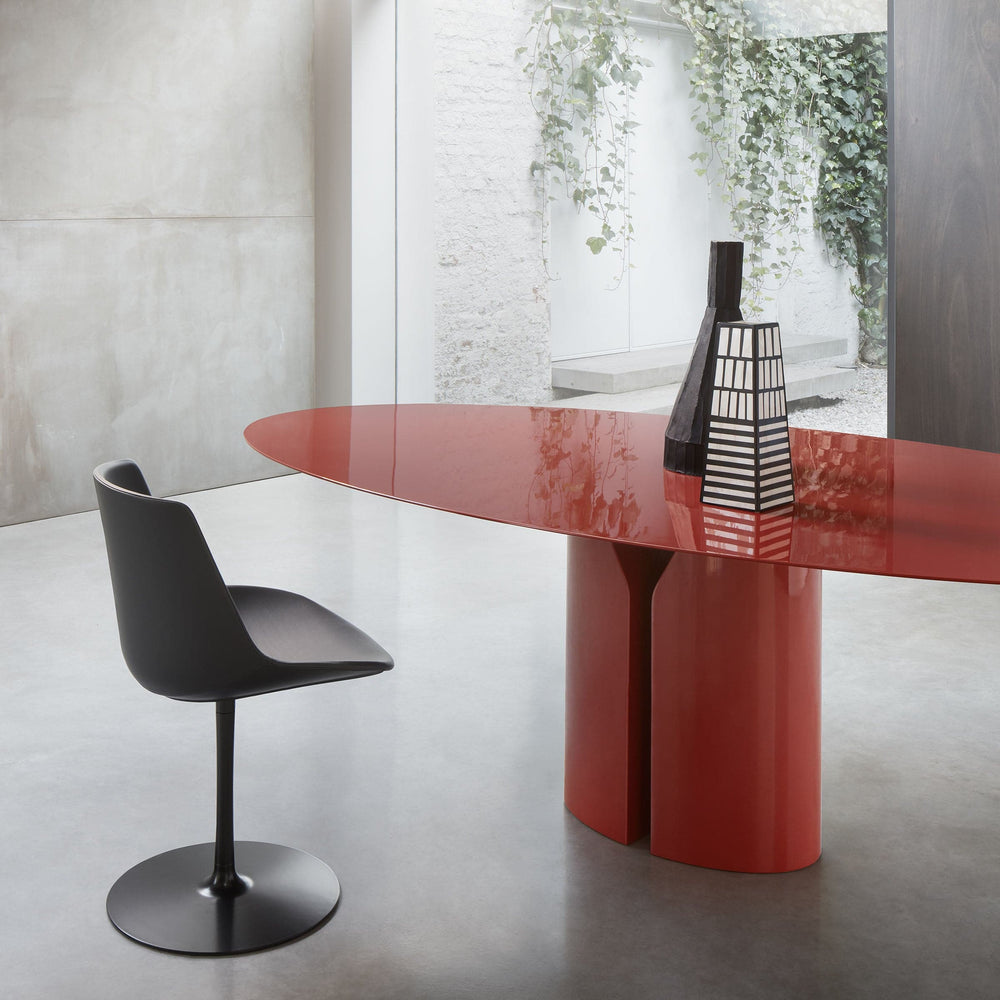RASSEMBLEMENT AUTOUR DE LA TABLE
LA LISTE #4


Wolfgang Heimbach, Banquet de nuit, Allemagne, 1640, huile sur cuivre, Kunsthistorisches Museum, Vienne
Noël approche rapidement, et beaucoup d'entre nous attendent avec impatience de se réunir autour d'un bon repas, de socialiser et de profiter d'une nouvelle appréciation du temps passé avec des amis et des proches. Sans oublier ceux d'entre nous qui ont hâte d'échanger des cadeaux.
À cette période de l'année, le concept de convivialité s'exprime par le fait d'être ensemble autour de la table tout en échangeant des idées et en partageant de délicieux repas. La nourriture est ce qui nous relie en tant que « système de communication, un ensemble d'images, un protocole d'usages, de situations et de comportements » comme l'a écrit Roland Barthes.
BANQUET DU ROI CHRISTIAN DU DANEMARK PAR MARCELLO FOGOLINO

Cette peinture représente un événement royal : une célébration festive où les nobles de l'époque se rassemblaient pour un banquet dans la majestueuse salle des chevaliers du palais Hofburg à Vienne, en Autriche.
Wolfgang Heimbach était un peintre allemand important du XVIIe siècle, et l'atmosphère de cette œuvre est particulièrement fascinante et quelque peu mystérieuse, avec un éclairage doux créé par les bougies reflétées dans les vitraux. Pour renforcer cela, des éléments d'éclairage en contre-jour ont été utilisés, de sorte que la lumière n'était pas répartie uniformément, laissant le plafond en bois à caissons et la convivialité dans l'ombre.
Le poêle carrelé dans le coin gauche et les tapisseries de Bruxelles sur les murs qui servaient de rideaux, sont les seuls éléments bien éclairés qui encadrent le banquet. L'éclairage ici met l'accent sur la table et la vaisselle composée de pièces maîtresses en cristal, argent et or, de porte-bougies, de céramiques, et de nourriture du monde entier.

Marcello Fogolino, Banquet en l'honneur du roi Christian du Danemark
AJOUTEZ UNE AUTRE PLACE À LA TABLE
Cette fresque, représentant le banquet que Bartolomeo Colleoni, un célèbre condottiere, ou capitaine militaire italien, a organisé dans sa maison au nom du roi du Danemark, est riche en détails.
Sur la table, une nappe en lin est étendue sur un tapis turc. Les chaises pliantes en forme de X, également appelées « Savonarole », ont des accoudoirs recouverts de velours, tandis que le dossier et l'assise sont faits du même matériau, ornés de clous et bordés de franges.
LA TABLE DU DÎNER PAR HENRY MATISSE

Henri Matisse, La Table du Dîner (Titre original : La desserte), huile sur toile, peinte entre 1896 et 1897, collection privée
La table d'un impressionniste
C'était une nouvelle technique de peinture pour Matisse, qui cherchait toujours de nouveaux stimuli. Il définirait ce style comme « impressionniste », avec des références au réalisme et à la technique japonaise de représentation de scènes de la vie domestique depuis un point de vue élevé. La femme dans la peinture, peut-être une servante, se concentre pour apporter les touches finales à une table richement dressée. Elle arrange soigneusement les fleurs sur le centre de table, qui repose sur une nappe d'une couleur joyeuse mais douce.
Les plateaux de fruits, chargés de fruits colorés que l'on peut presque goûter et sentir, et la table, dressée avec de belles assiettes et des verres en cristal, créent une nature morte parfaite. Dans le coin, des couverts doivent encore être mis en place, et nous voyons des verres de différentes tailles ainsi que des carafes généreusement remplies de vin.
BANQUET ROMAIN PAR PIERRE OLIVIER JOSEPH COOMANS

Pierre Olivier Joseph Coomans, Banquet romain, Belgique, 1876, huile sur toile, collection privée
CÉLÉBRATIONS DES SATURNALES
Les Saturnales étaient une ancienne fête et un jour férié romain en l'honneur du dieu de l'agriculture, Saturne. L'Âge de Saturne était une époque dans la mythologie païenne où les récoltes poussaient sans effort humain et où l'humanité vivait en harmonie avec la nature.
La première célébration a eu lieu en 497 av. J.-C. au Temple de Saturne à Rome. Elle a été si populaire qu'elle a été prolongée à trois jours, puis à une semaine entière du 17 au 23 décembre. Les festivités commençaient par de grands banquets et des sacrifices, et il y avait aussi l'échange de petits cadeaux symboliques appelés « strennas ».
Lors de la célébration des Saturnales, il était d'usage de décorer sa maison et sa table avec du houx et des guirlandes de verdure, des bougies, des décorations d'étoiles scintillantes et des ornements en métal, et de profiter de bons repas, boissons et jeux.
Recréez le look avec ces pièces :
TRÈS RICHES HEURES DU DUC DE BERRY PAR FRÈRES LIMBOURG
LA TABLE FLAMANDE

Ce livre d'heures a été commandé par le duc Jean de Berry. Cette miniature représente le mois de janvier, situé dans un château du duc, et montre le jour où il était d'usage d'échanger des cadeaux.
Une table abondante avait été dressée, et les animaux étaient autorisés à participer aux festivités. Sur le côté droit de la table se trouve un objet précieux qui représente la richesse et la bienveillance du Duc : une salière en or en forme de navire, mentionnée dans les inventaires de la cour comme « le salière du pavillon ».

Véronèse, Les Noces de Cana, 1563, pour le monastère San Giorgio à Venise, maintenant au Louvre, Paris, 660x990 cm
BANQUET DE LA RENAISSANCE
Les peintures de Véronèse sont pleines de représentations de banquets – surtout des banquets sacrés – destinés à encourager la prière et la réflexion des moines et des prêtres pendant les repas. En fait, ces « repas sacrés » célébraient le sacré ainsi que le faste de la Venise mondaine.
Ici, nous voyons un banquet luxueux de la Renaissance, avec une splendeur qui exprime la joie de vivre, une interprétation idéale du mode de vie intellectuellement libre mais joyeux de la société vénitienne de l'époque.
Nous voyons une atmosphère merveilleuse et festive, des couleurs vives, et les figures imposantes des invités. L'artiste anime la toile avec des femmes et des hommes vêtus de vêtements faits de tissus beaux et raffinés, ornés de bijoux scintillants.
En utilisant des couleurs vives et des nuances éblouissantes, l'artiste crée une lumière joyeuse et intense. Ici, des mortels ordinaires se mêlent à des figures célestes imaginaires. Et en observant la peinture, on se retrouve presque assis parmi les protagonistes de la scène.
Recréez le look avec ces pièces :
INTRIGUES ET RECETTES

La Grande Bouffe, réalisé par Marco Ferreri, Italie-France, 1973, 123 minutes
Un film culte italien des années 1970, ce film raconte l'histoire de quatre amis et membres d'un petit club de gourmets qui décident de se retrouver dans une villa délabrée en dehors de Paris pour une orgie et pour se gaver jusqu'à la mort. Le film est rempli de scènes de plats époustouflants, de nourritures exotiques, et de tables dressées de manière grotesque et parfois extrêmement séduisante.


Le protagoniste est Ugo Tognazzi, qui en plus d'être un grand acteur était aussi un véritable grand chef. Tognazzi a personnellement supervisé les recettes et les dressages de table pour le film, concevant les plats et les sculptures. Les autres principaux protagonistes du film étaient Marcello Mastroianni, Philippe Noiret et Michel Piccoli.
BABETTE’S FEAST

Le Festin de Babette, réalisé par Gabriel Axel, Danemark, 1987, 102 minutes
Un autre film culte pour les amateurs de gastronomie est Le Festin de Babette. Le scénario est basé sur le roman de la grande auteure danoise du XXe siècle Karen Blixen. Le film, comme rarement, parvient à recréer parfaitement les sensations et les émotions du livre.
Le film raconte une histoire qui rafraîchit et ravive l'âme, grâce au repas extraordinaire préparé par Babette, protagoniste parisienne et catholique, qui arrive par surprise dans une communauté bigote de protestants dans un petit village du nord du Danemark. Le film raconte une histoire qui parle de foi et du sens de la vie.
C'est aussi une histoire de sacrifice : Babette dépense tous ses gains à la loterie pour préparer, pour les invités de la maison où elle travaille comme bonne et pour toute la communauté, le meilleur repas qu'ils aient jamais eu.
Et c'est précisément grâce à cette expérience partagée que la communauté luthérienne divisée et fermée redécouvre les joies de la vie.
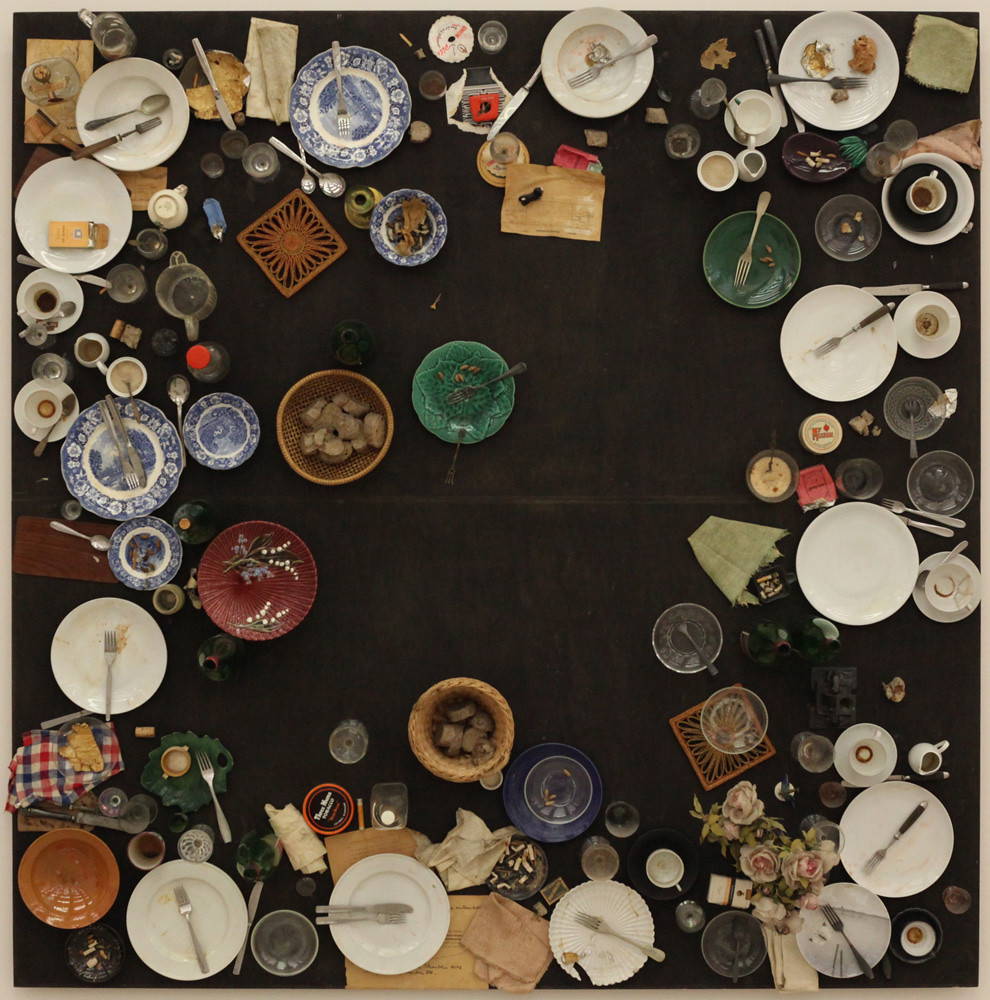
Daniel Spoerri, Daniel Spoerri, Hahn's Supper, 1964
Hahn's Supper, 1964
Le 23 mai 1964, l'artiste Daniel Spoerri invita des amis à dîner et leur demanda d'apporter leur propre vaisselle. Après que les invités eurent mangé, Spoerri colla tout sur la table afin que le plateau puisse être accroché comme un tableau au mur. Ainsi, la table devint un rappel non seulement de la soirée passée avec des amis mais aussi des invités eux-mêmes qui avaient dressé une table vraiment unique avec leurs services personnels.
Spoerri appelait ces œuvres d'art « trap pictures ». Elles représentaient un moment dans le temps qui avait été « piégé », et dans lequel un morceau de la vie quotidienne était devenu une image. Il a également fondé le mouvement Eat Art, et beaucoup des tables qu'il a créées sont devenues une représentation fascinante de la joie de partager des repas avec les autres.
Recréez le look avec ces pièces :
NOURRITURE ET CORPS
L'un des projets de Vanessa Beecroft est une performance vidéo où 32 convives – choisis parmi la noblesse de Savoie, les amis et la famille de l'artiste, des mannequins et des performeurs – s'assoient autour d'une longue table transparente pendant sept heures d'affilée avec une attitude détachée alors qu'ils participent à un banquet somptueux.
Le temps s'écoule, accompagné par les mouvements lents et les regards vides des individus, qui contrastent avec les aliments colorés sur la table.
Les plats et les boissons apparaissent selon un thème de couleur, du blanc au rouge, au vert, à l'orange et au violet. Cette œuvre, comme d'autres de Beecroft, symbolise sa relation difficile avec la nourriture. À l'origine, le projet était une performance au château de Rivoli à Turin, mais une projection vidéo est maintenant disponible à la galerie Rumma de Milan.
TABLE VÉNITIENNE
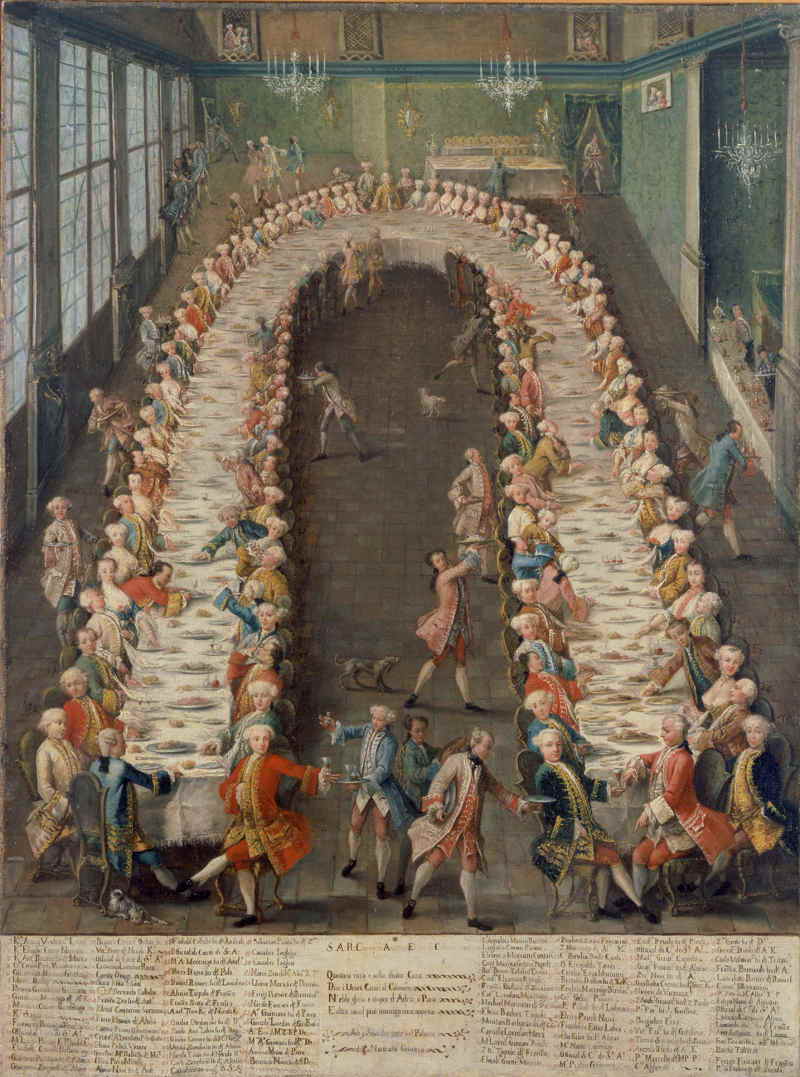
Pietro Longhi, Le Banquet à la Casa Nani à Giudecca, Cà Rezzonico, Venise, 1775
Recréez le look avec ces pièces :
Cette peinture montre une table luxueuse en forme de fer à cheval où a eu lieu l'un des repas les plus somptueux de l'histoire de la Serenissima, ou République de Venise.
L'archevêque Clément Auguste (frère de l'empereur allemand Charles VII), qui était follement amoureux de Venise, a visité la ville sous le nom de comte de Werth en 1755.
La peinture réaliste du banquet, donné en son honneur par la famille Nani Mocenigo dans leur somptueux palais vénitien, révèle les coutumes, traditions, opulence et richesse des banquets et de la mise en table à Venise au XVIIIe siècle. On dit que des assiettes et des couverts en or ont été empruntés pour l'occasion par le doge afin de faire une impression encore plus grande sur les invités.
L'ATTRACTIVITÉ DE LA VEILLE DE NOËL
C'est un film plein d'esprit de Noël, d'humour et de romance. La scène du dîner de Noël est peut-être la meilleure du film : en attendant minuit, tout peut arriver. Comme dans la vraie vie, vous pouvez tomber amoureux ou vous ennuyer, faire une confession ou être trahi, sans savoir si une saison est terminée ou si une autre commence à peine. Propositions, promesses, sourires et larmes font tous partie de cette folle aventure qu'on appelle la vie.
Et malgré toute cette folie, vous êtes heureux. Parce que vous avez tout manqué au milieu de la pandémie ces deux dernières années.
BEAUTY
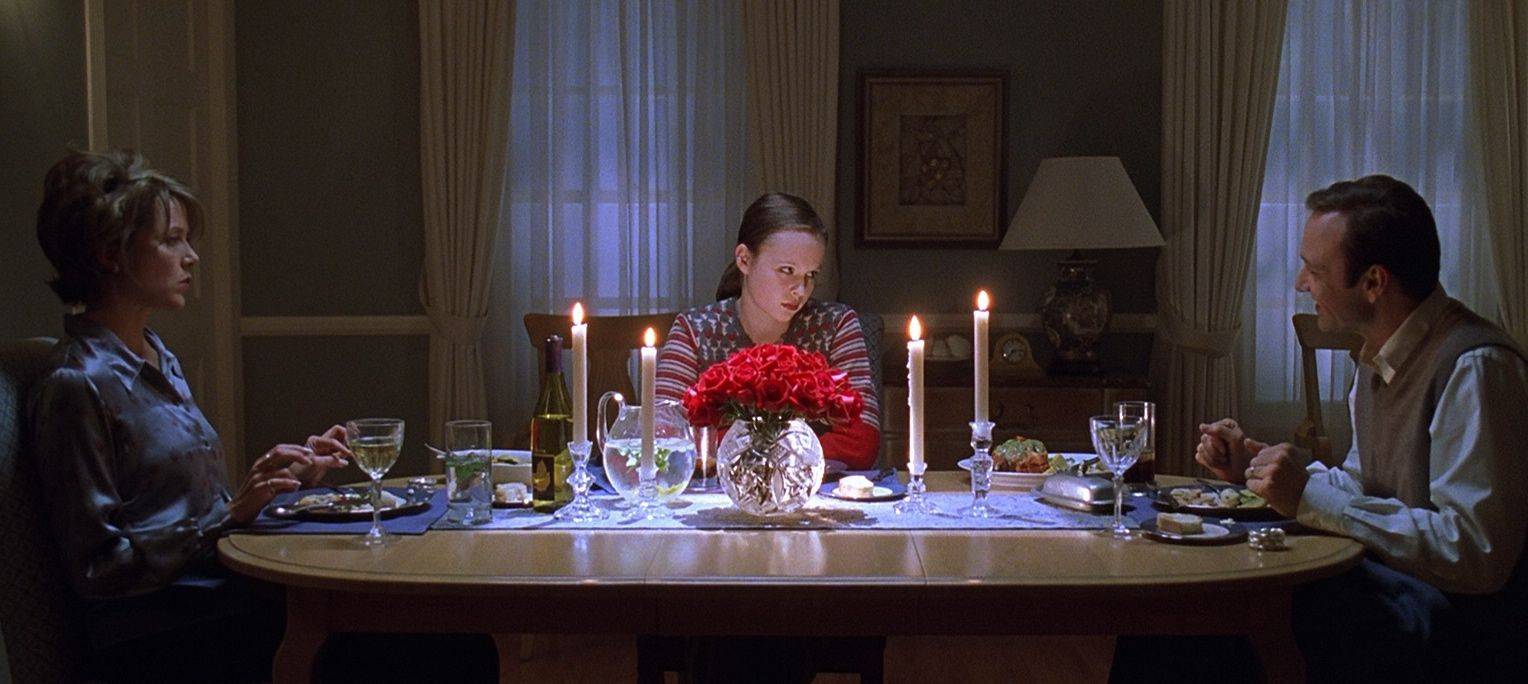
American Beauty, réalisé par Sam Mendes, USA, 1999, 121 minutes
Recréez le look avec ces pièces :
Ce film parle de la beauté sous ses diverses formes et de la possibilité de la découvrir de manière inattendue dans une tranche excentrique de la vie américaine.
Le réalisateur Sam Mendes donne un ton sentimental aux scènes du film. Il a été défini comme un « artiste visuel » qui parvient à dépeindre les sentiments des protagonistes dans une relation spatiale. Mendes est un grand observateur des réalités imprévisibles de la vie et des préjugés typiques de ceux qui, quand ils s'y attendent le moins, sont surpris par la séduction des émotions.
UNE TABLE POUR LES GRANDES FEMMES DE L'HISTOIRE
Cette installation de l'artiste Judy Chicago est considérée comme l'une des œuvres d'art les plus importantes produites au nom du mouvement féministe américain. Judy Chicago a réussi à mettre en scène la plus grande représentation d'un service de table célébrant les réalisations de grandes femmes dans la culture occidentale.
L'installation est une immense table triangulaire mesurant plus de 14 mètres de chaque côté et avec 39 services de table différents représentant et célébrant les réalisations des femmes dans les arts, l'artisanat et la recherche.
Cette œuvre est une célébration des femmes à plusieurs niveaux : non seulement elle reconnaît les femmes qui n'ont pas encore pris leur place dans l'histoire, mais elle offre également une puissante opportunité pour ces œuvres traditionnellement « féminines » qui ont été injustement reléguées au monde de l'artisanat et exclues du monde de « l'art », y compris la céramique, la broderie, la couture et les décorations florales.
Les services de table comprennent des chemins de table brodés, des gobelets dorés et des ustensiles, ainsi que des assiettes en porcelaine peintes dont le motif central célèbre les femmes.
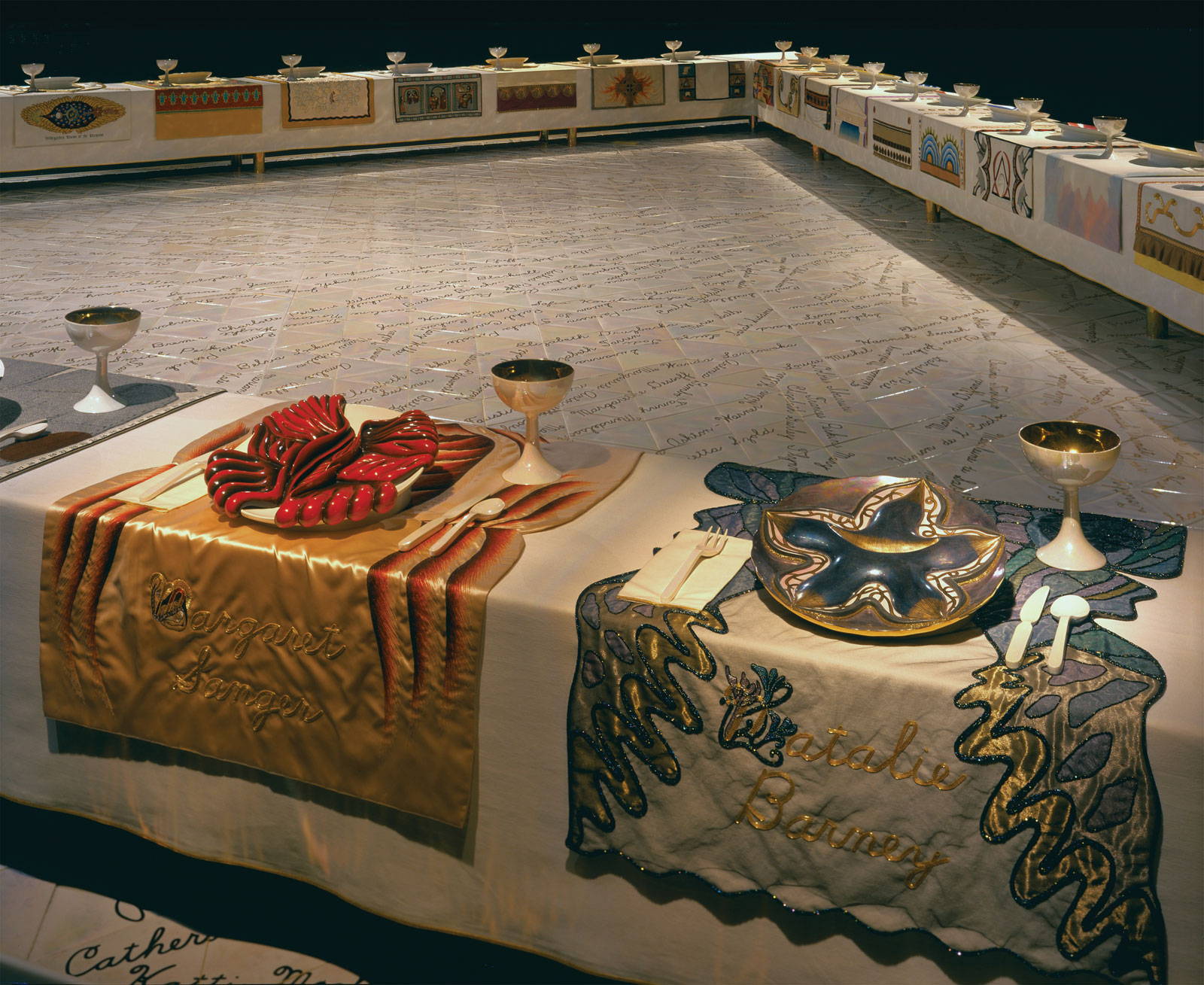
Judy Chicago, The Dinner Party, Brooklyn
Musée, USA, 1970, collection permanente
DES FEMMES CÉLÉBRANT DES FEMMES
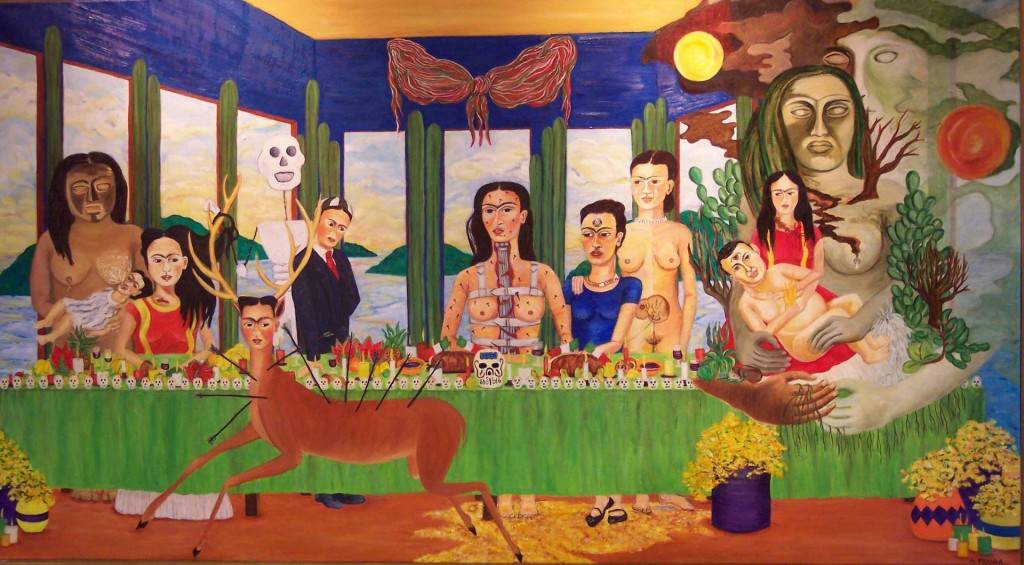
Frida Kahlo, La Table Blessée, Mexique, vers 1938, peinture perdue
Recréez le look avec ces pièces :
« Je ne peins jamais de rêves ni de cauchemars. Je peins ma propre réalité », disait l'artiste Frida Kahlo. L'artiste, avec son art autobiographique puissant, a réussi à immortaliser sa vie, ses amours, ses passions, ses obsessions et ses souffrances immenses.
Sa vie a été difficile, et elle a trouvé un soulagement à ces épreuves grâce à son grand amour pour les animaux. Dans le jardin de sa maison colorée bleue, « Casa Azul » à Mexico, elle avait un perroquet, un faon, un aigle, des perruches, des aras, des poulets, des moineaux et un singe, tous des animaux qui faisaient partie de son monde mystérieux et symbolique.
Le rouge et l'orange sont les couleurs que l'on retrouve le plus souvent dans ses peintures et symbolisent la joie et la vie. Avec des tons vifs et floraux, ces couleurs prennent également vie dans ses vêtements, qu'elle a achetés auprès des communautés matriarcales de l'Isthme de Tehuantepec : des femmes célèbres pour leur beauté, leur intelligence, leur dignité et leur courage.
Des femmes célébrant une fois de plus les femmes.
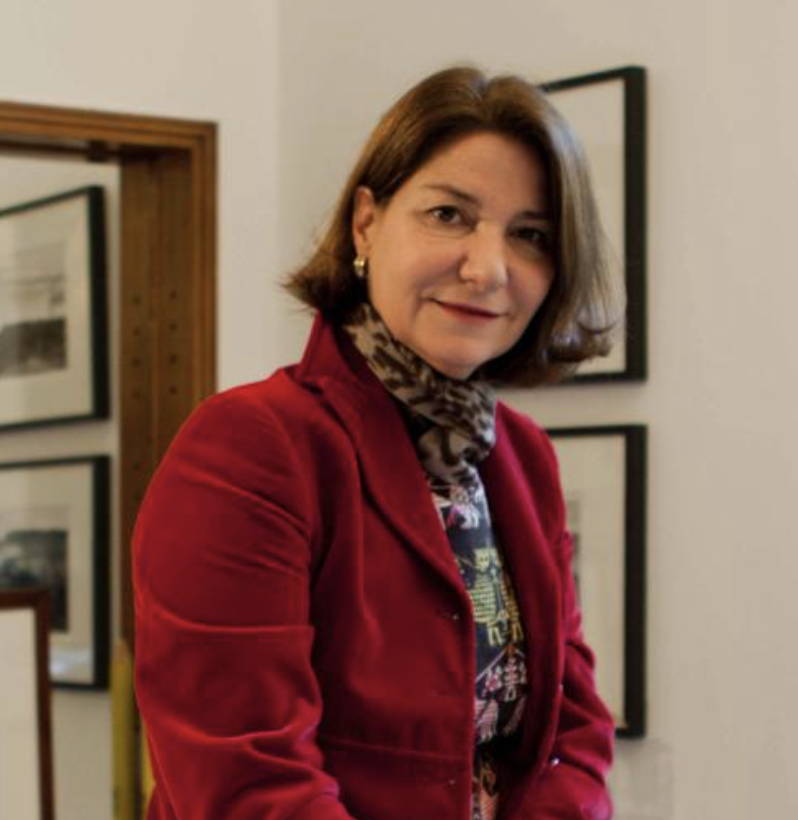
QUI SE CACHE DERRIÈRE LA LISTE ?
Antonella Dedini est une architecte italienne, une designer d'intérieur et professeure universitaire.
En tant que curatrice de design, elle a fondé le Milano Design Film Festival, un événement reconnu internationalement qu'elle a co-curaté jusqu'en 2019. De plus, elle est l'auteure éditoriale d'un profil Instagram unique et atypique nommé Deden Design List, fondé en septembre 2020, pour prouver que le bon Design améliore votre vie.
Depuis le 1er août 2021, elle collabore avec Design Italy pour établir une liste mensuelle par catégorie d'objets, de thèmes et d'espaces.
La Liste est une sélection éditoriale thématique d'environ 20 photos.
Gardons un œil sur la sélection d'Antonella chaque mois.



















